There’s no shortage of political fighting in the District, but a different D.C.-based battle will soon be coming to the video game console in your living room.
Imagine the steps of the Supreme Court overgrown with grass and vines. Imagine the dome of the Capitol Building fractured and billowing smoke. Or Metro stations broken down without a commuter in sight. While that might seem difficult to fathom, it’s the reality of a new apocalyptic video game that uses D.C. as its backdrop.
Gamers will fight their way through the near-future wasteland of Washington and its iconic landmarks in Tom Clancy’s The Division 2, coming to PC, Xbox One and PS4 on March 15.
A sequel to the 2016 best-seller, The Division 2 has players battling to bring order out of chaos following a deadly viral outbreak that left millions dead — while also helping rebuild civilization and save the District.
Gamers will duke it out with enemies on the National Mall; at the White House; the Lincoln Memorial; the Washington Monument. They will see combat Downtown, in Georgetown, in Chinatown and even at The Kennedy Center.
Production of The Division 2 required teams from Sweden-based developer Massive Entertainment and publisher Ubisoft to tour the capital and map it in order to provide players with the best representation of Washington possible — even in ruination.
WTOP was invited to join those behind the game on one such tour through D.C.
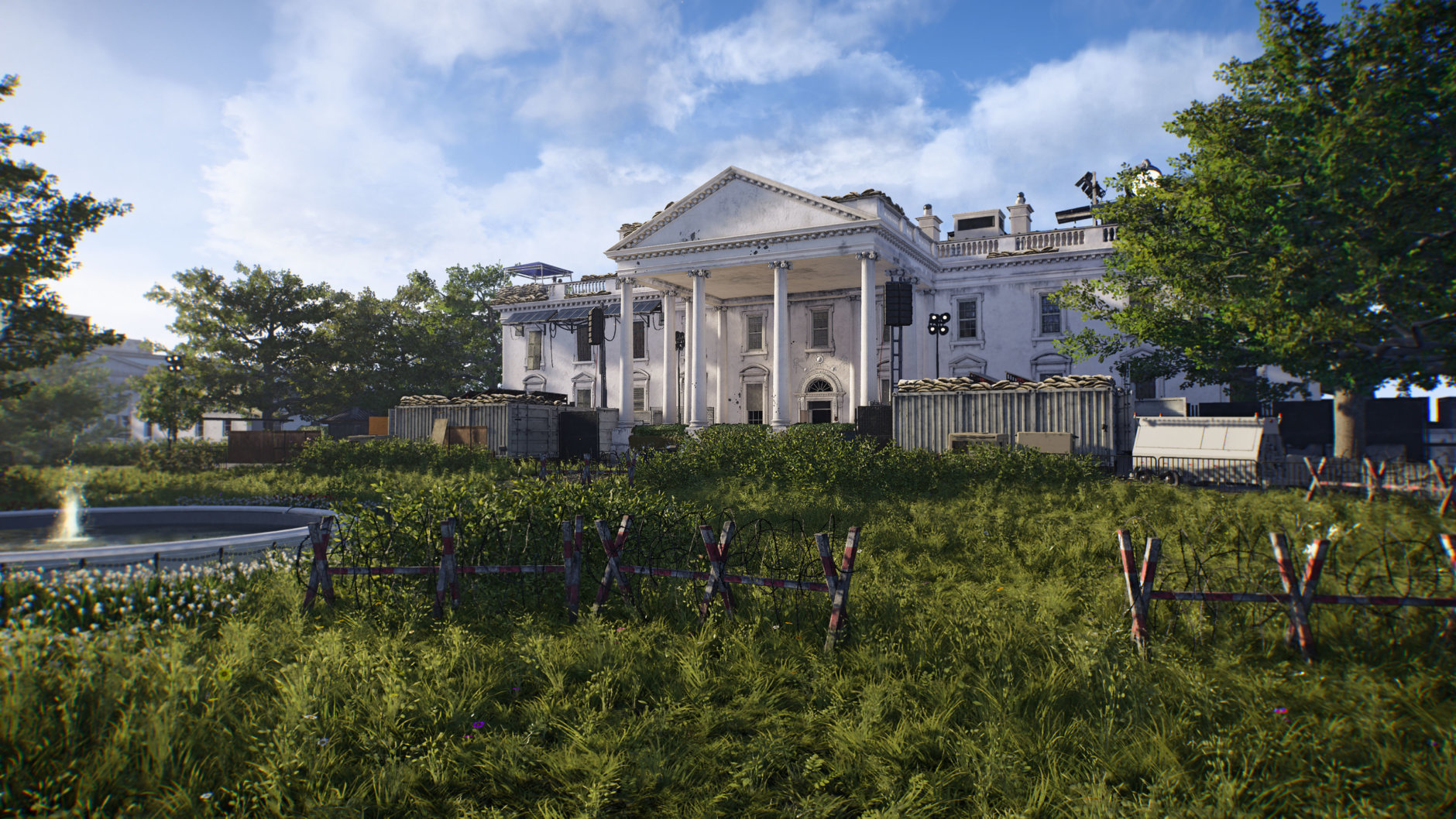
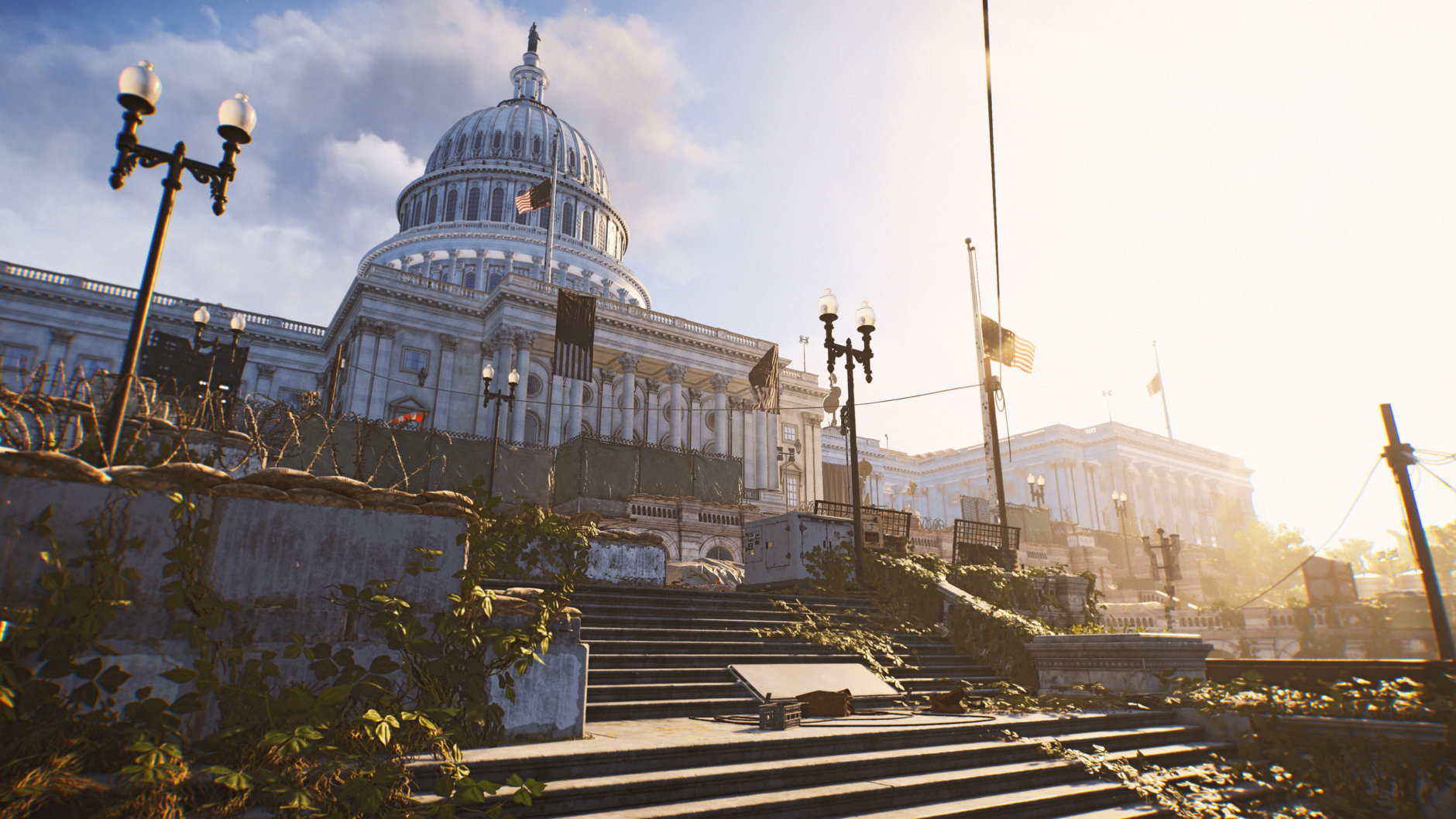
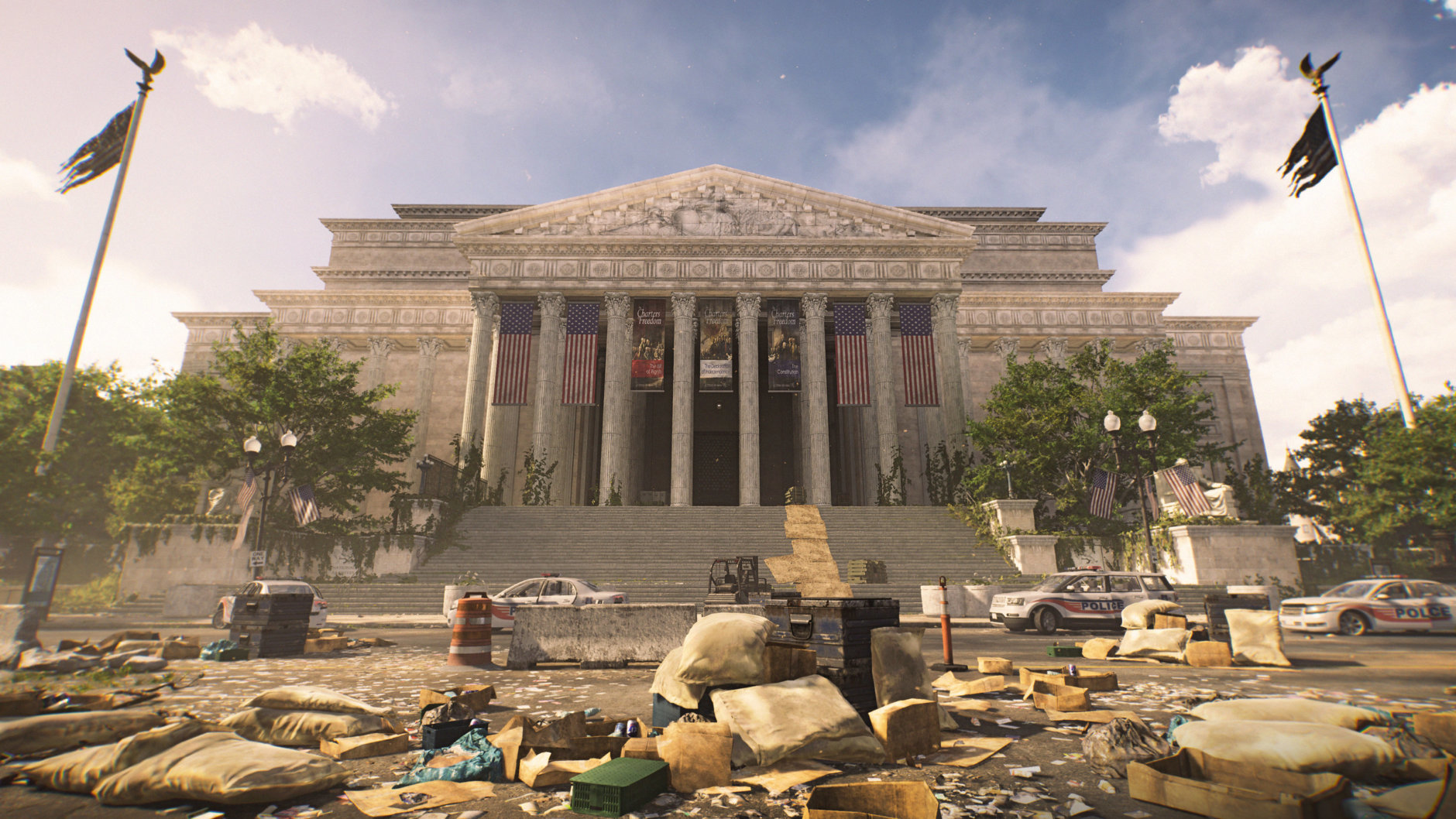
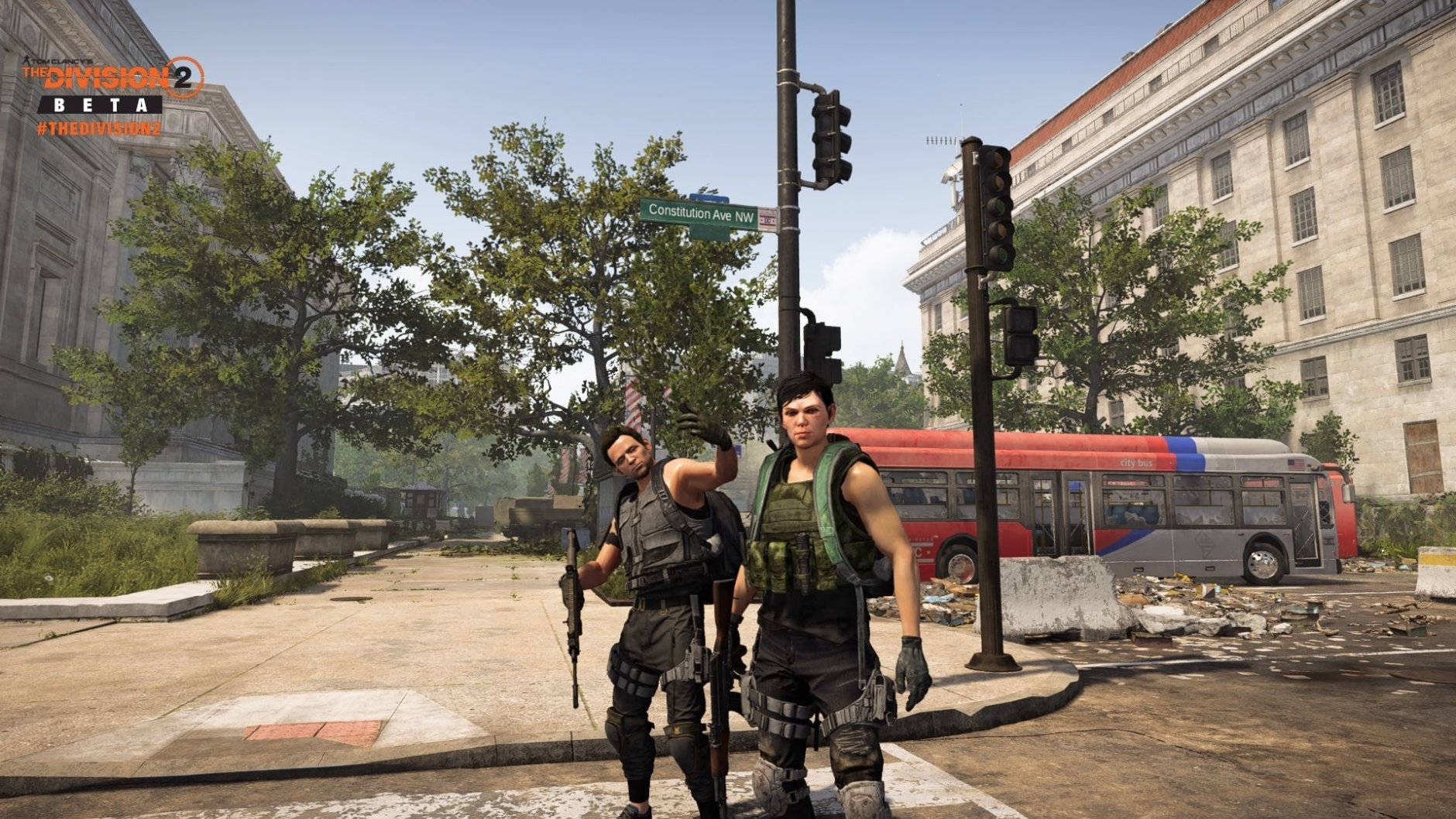
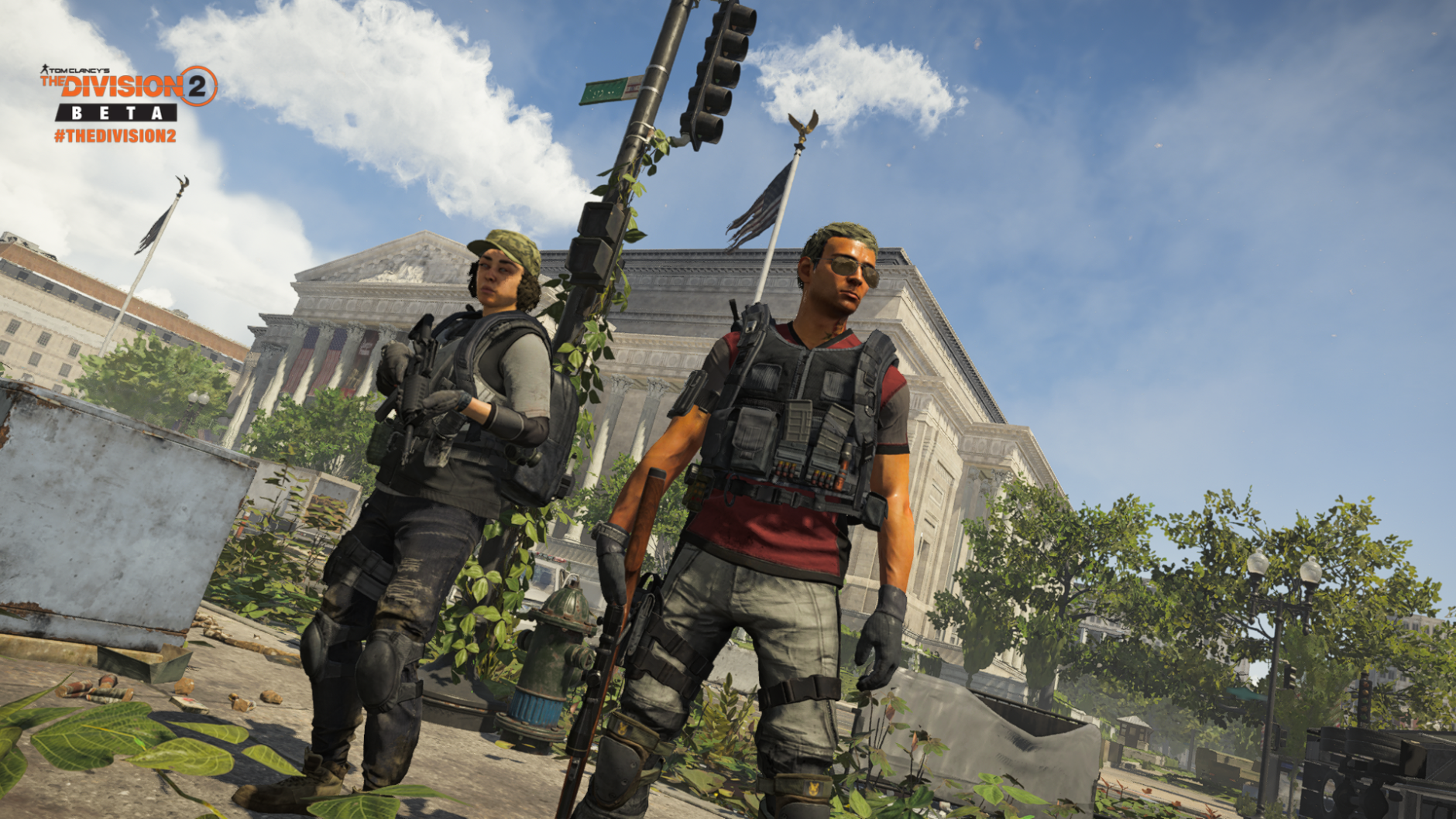
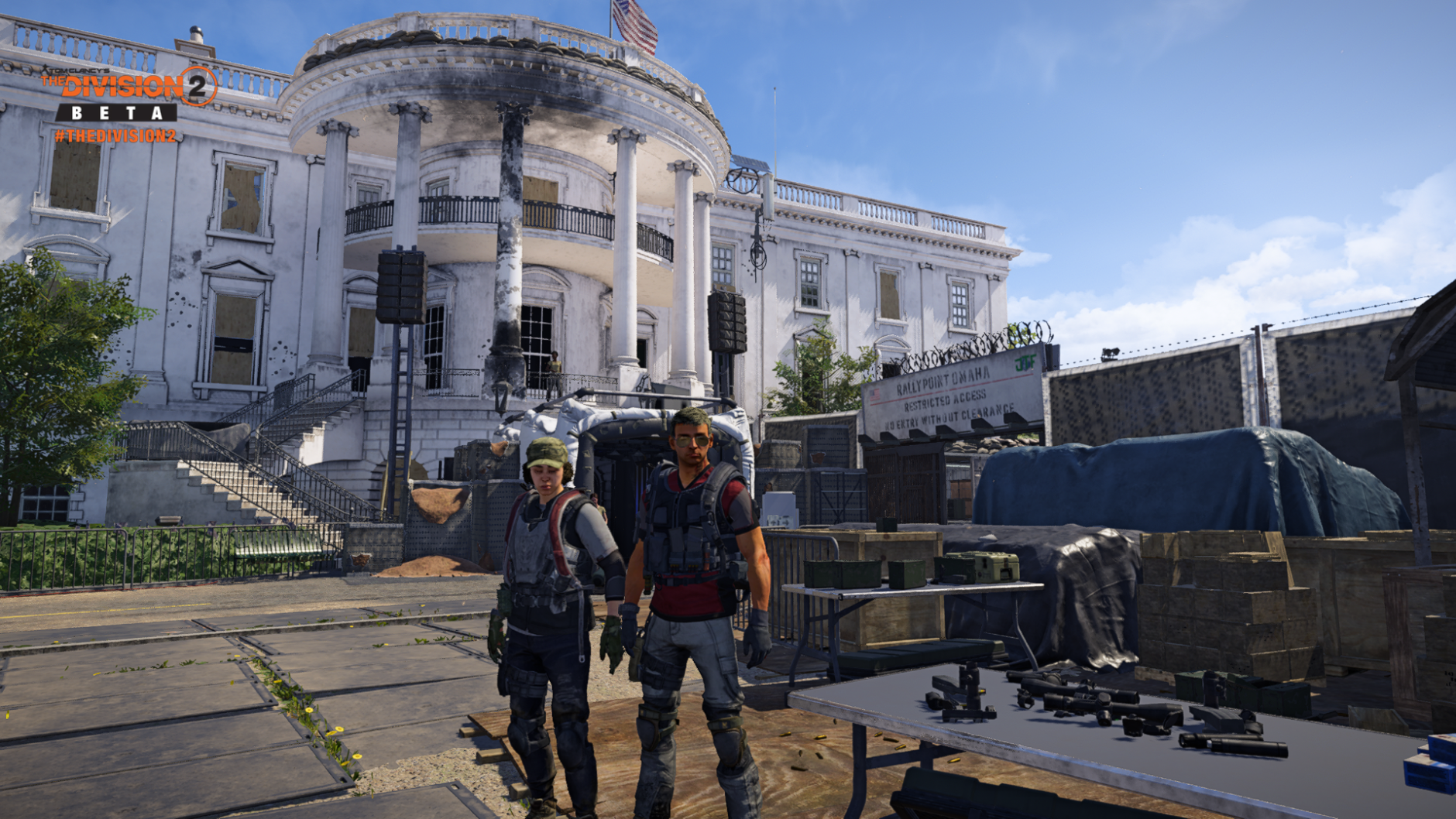
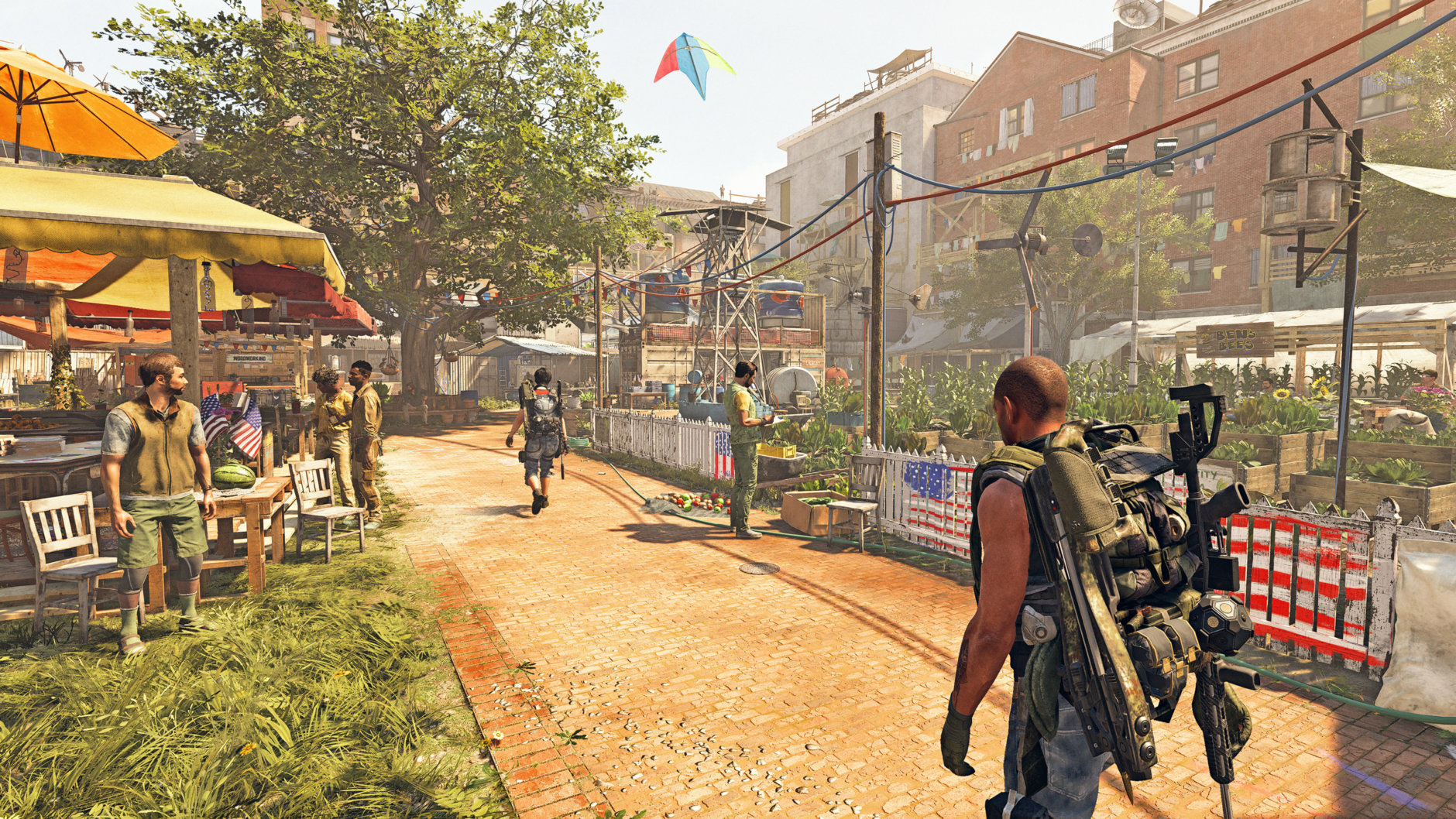
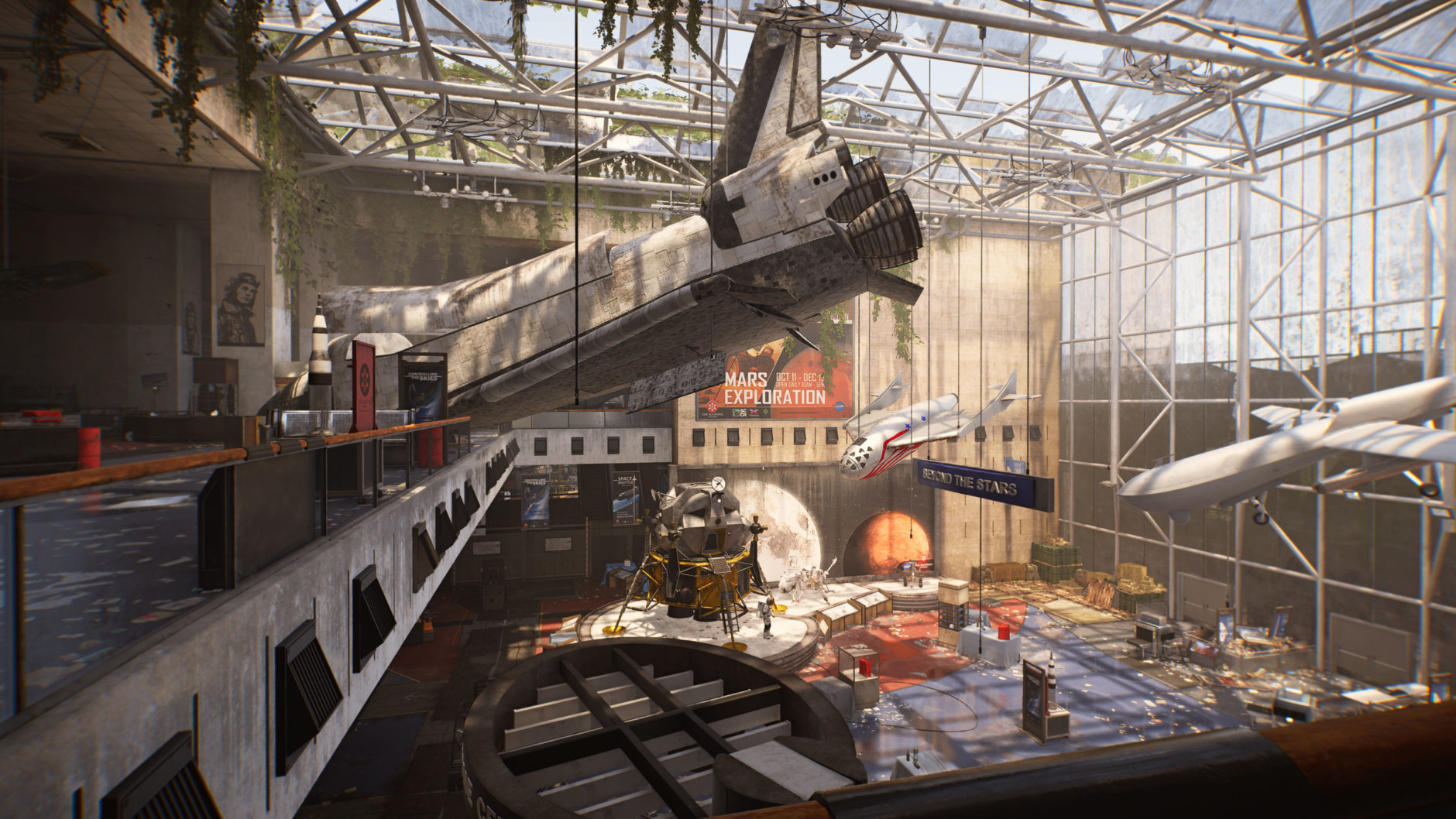
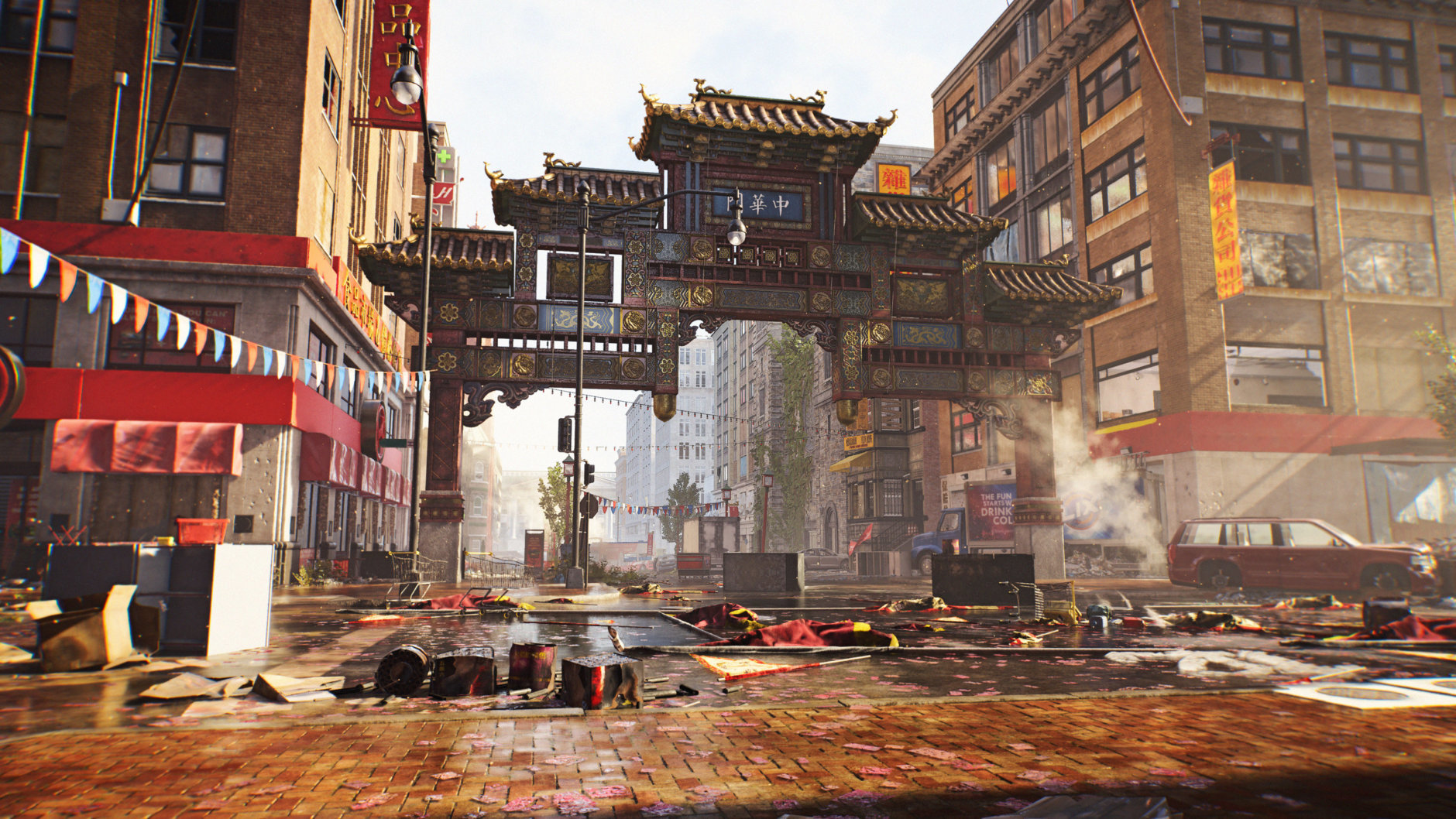
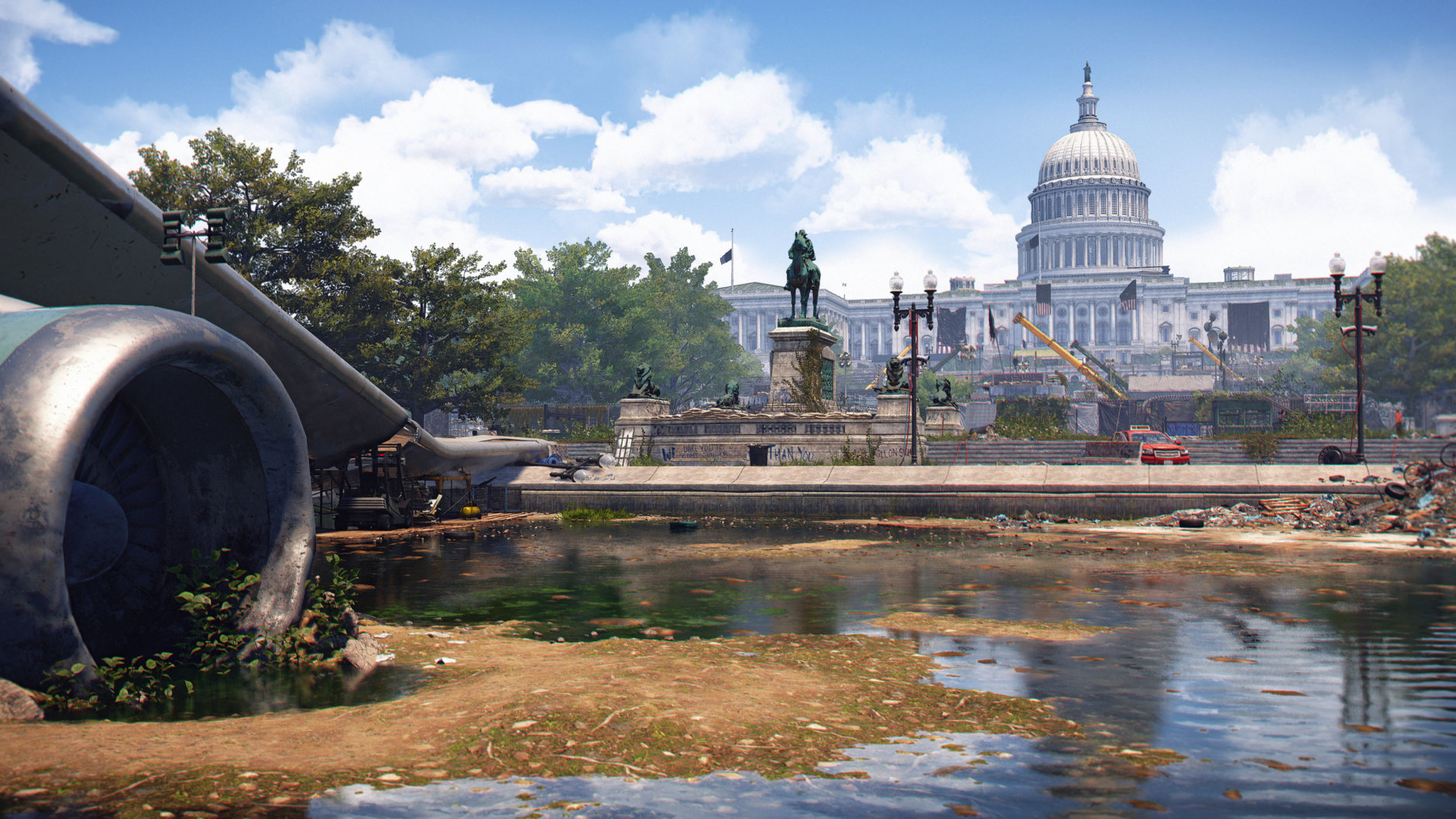
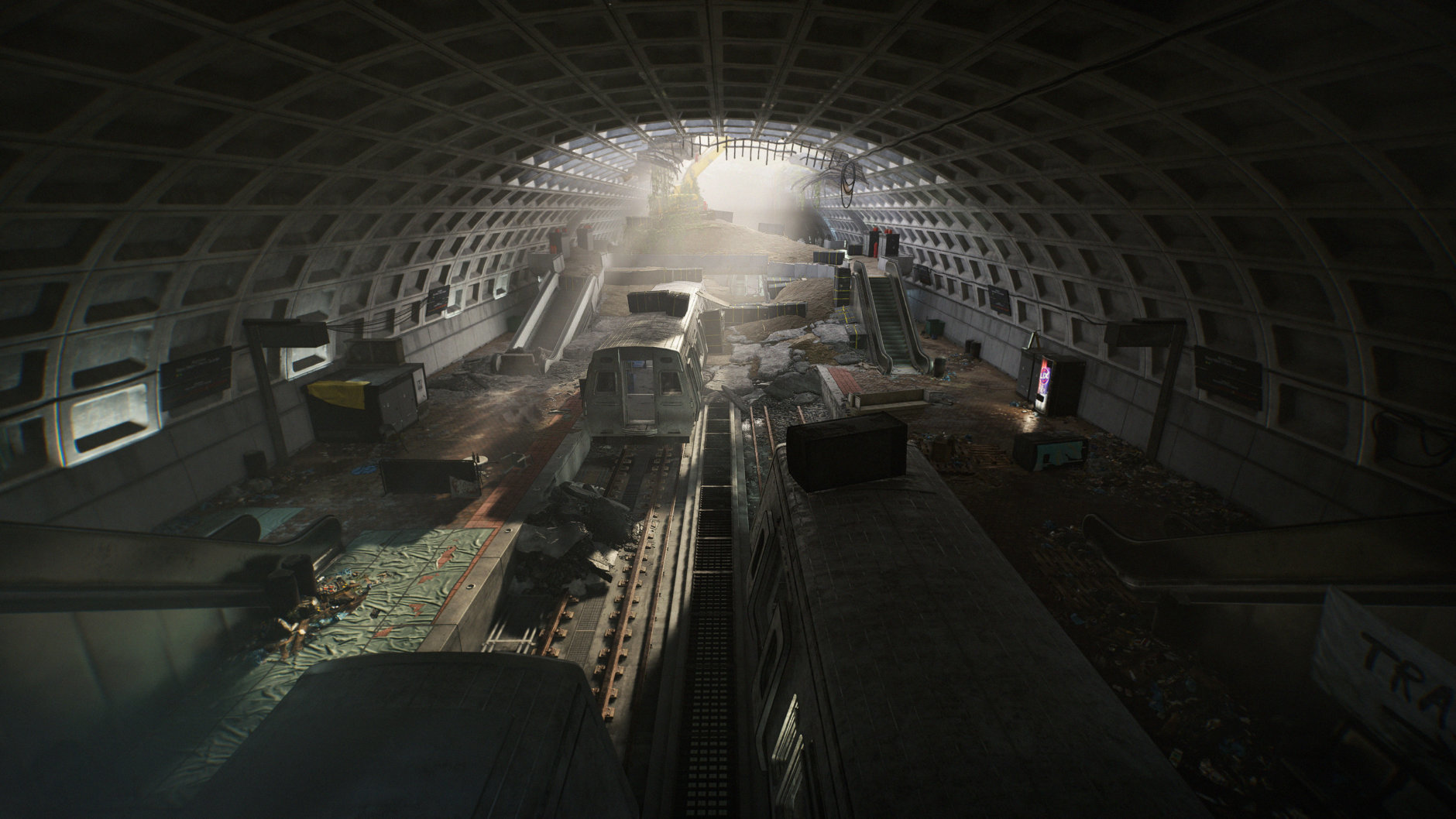
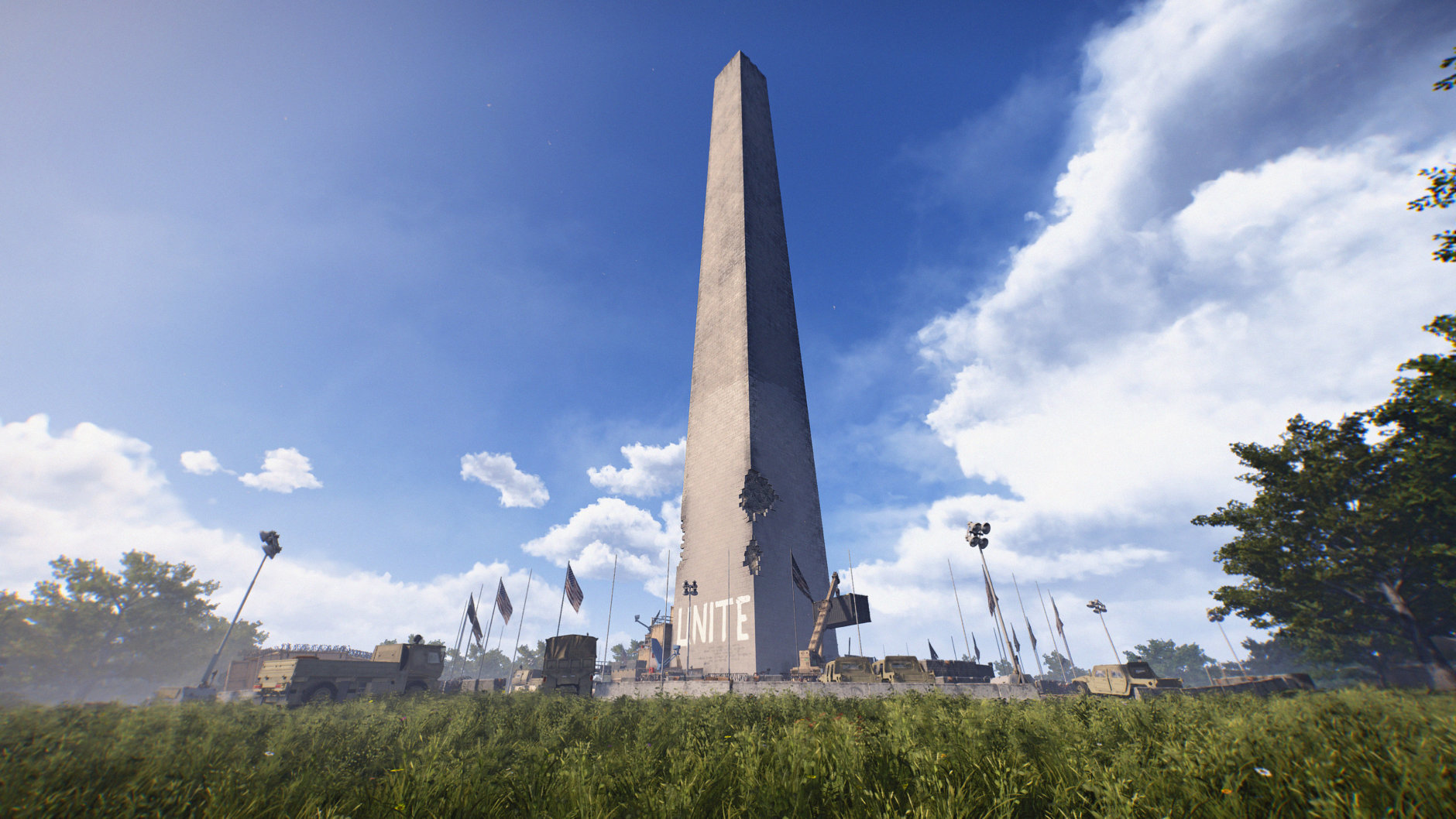
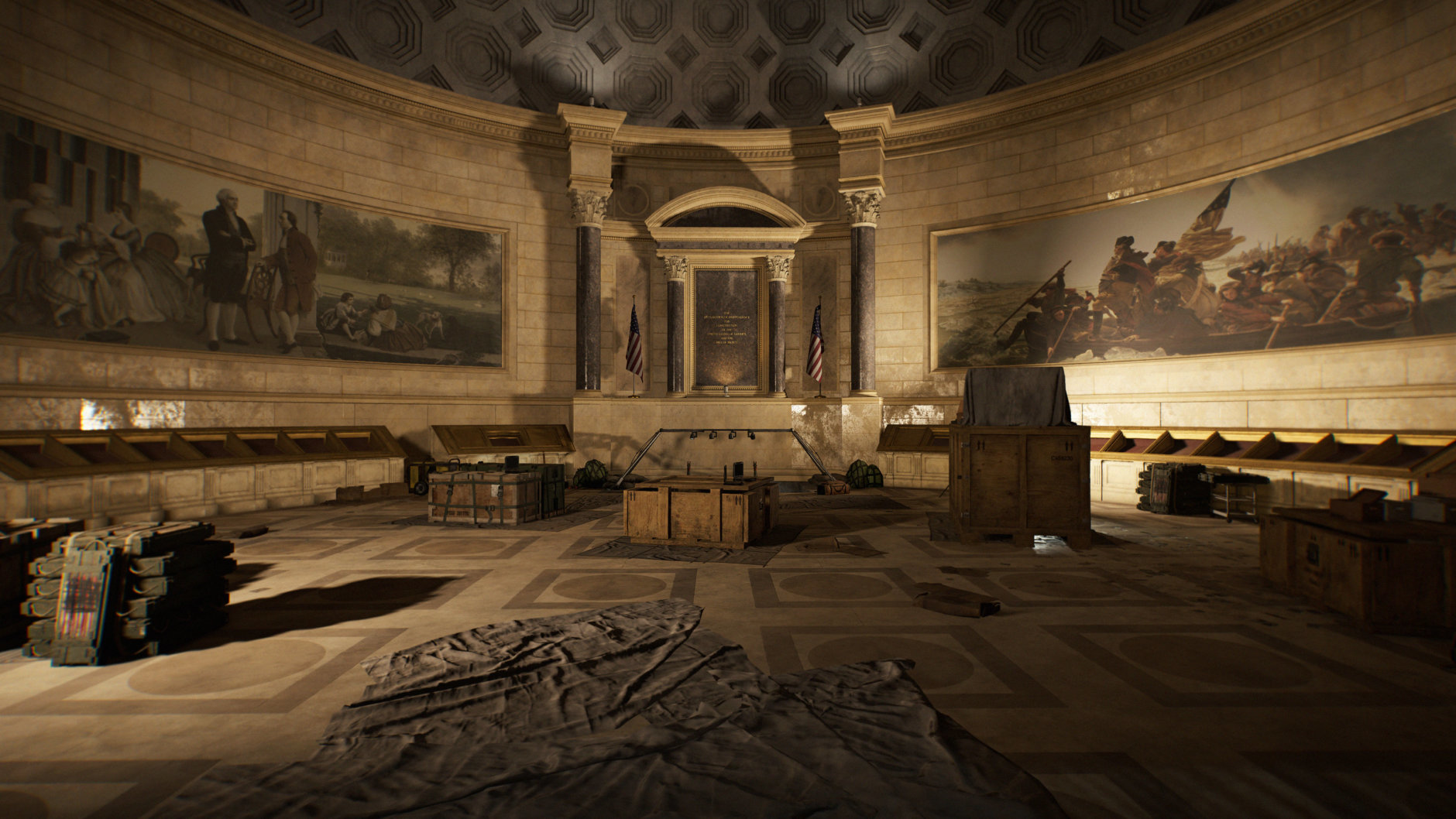
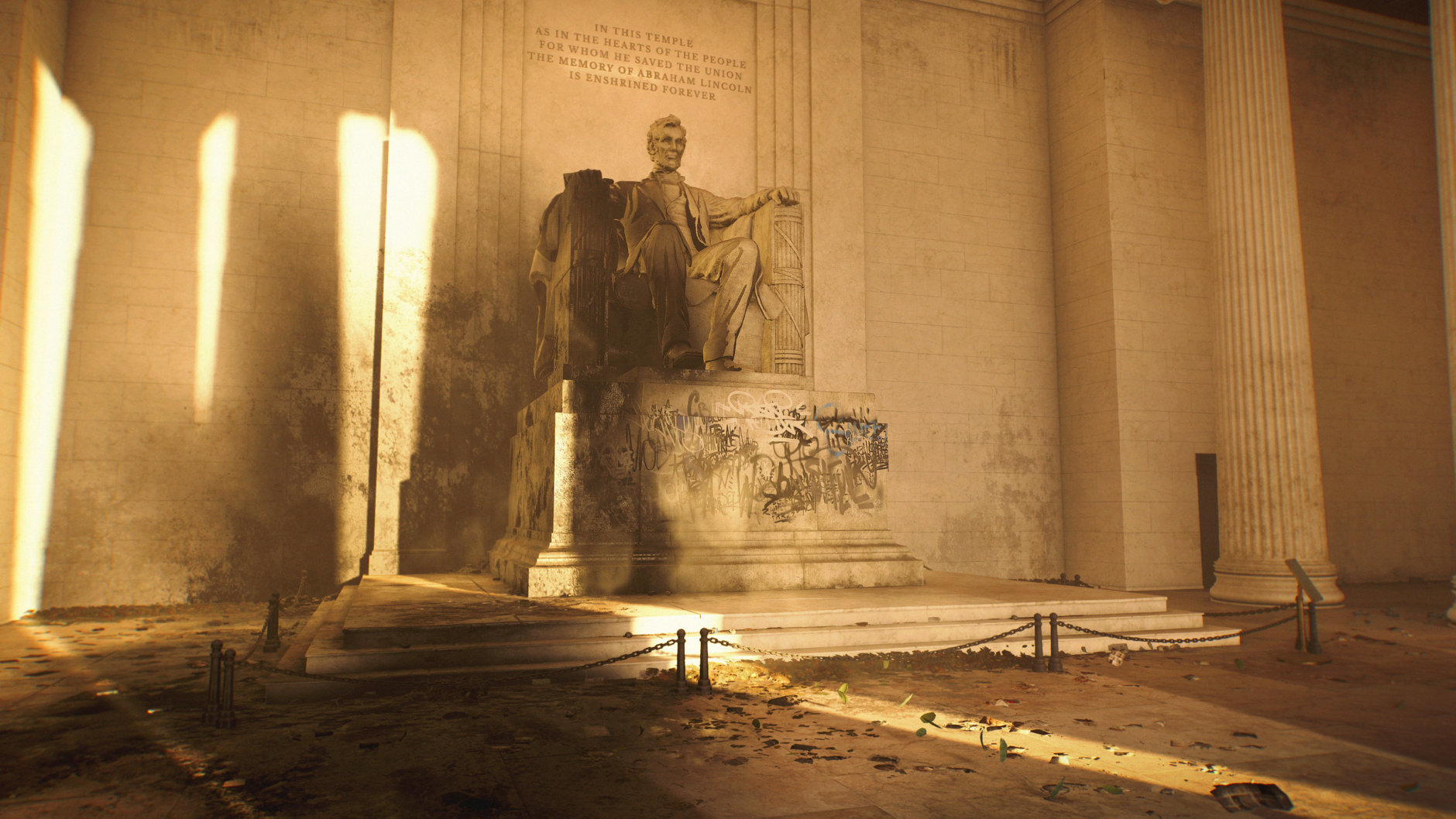
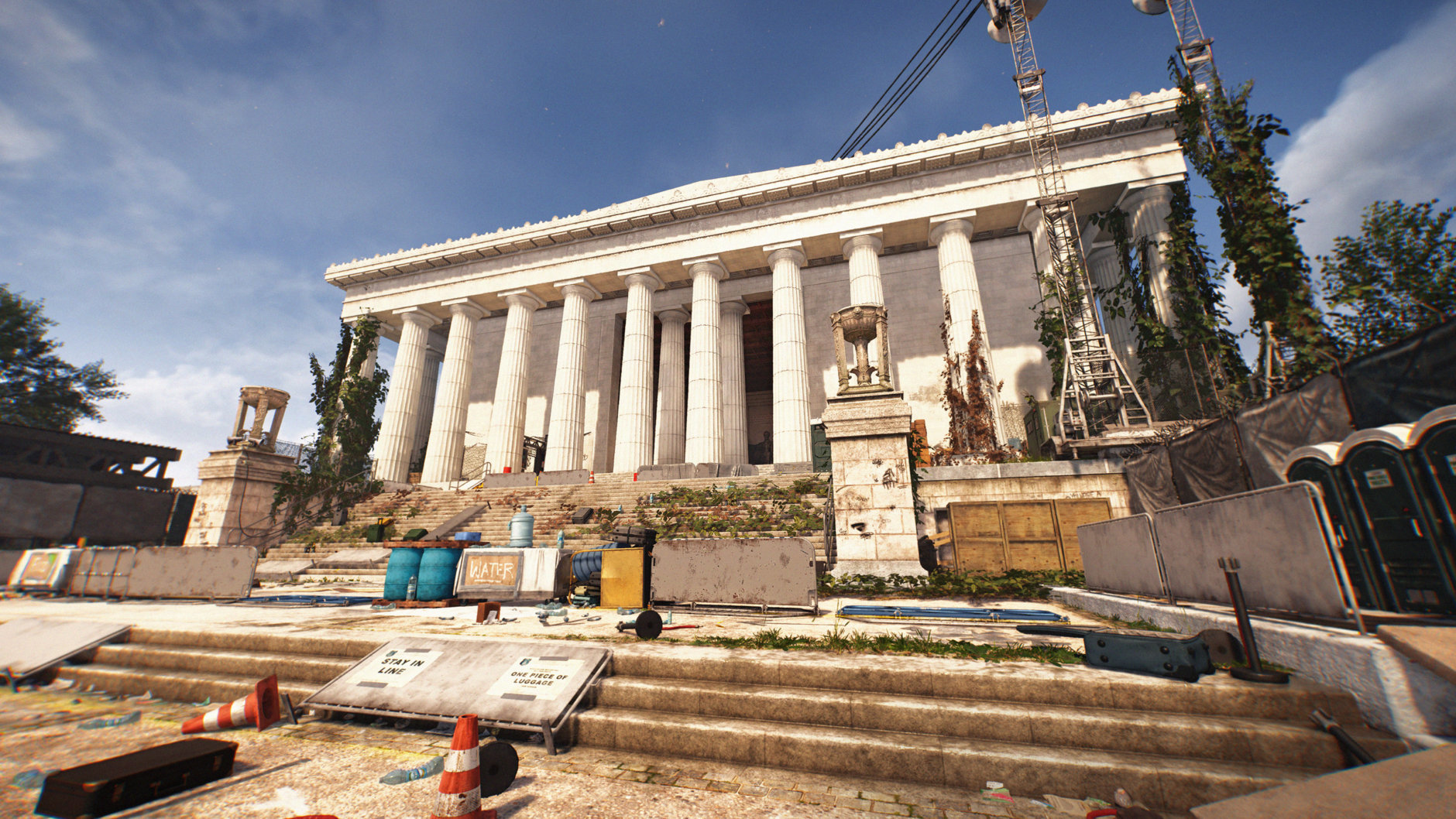
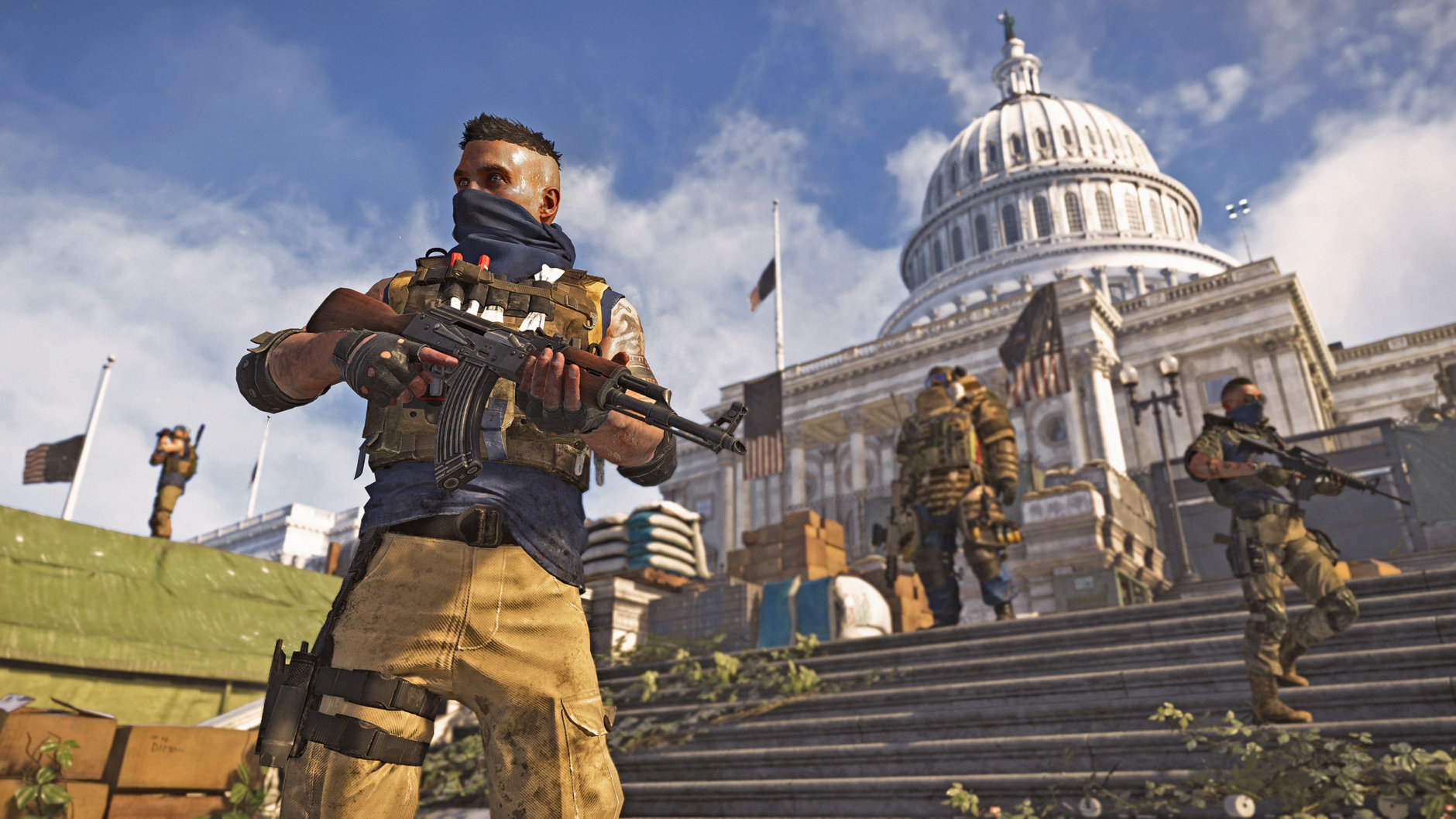
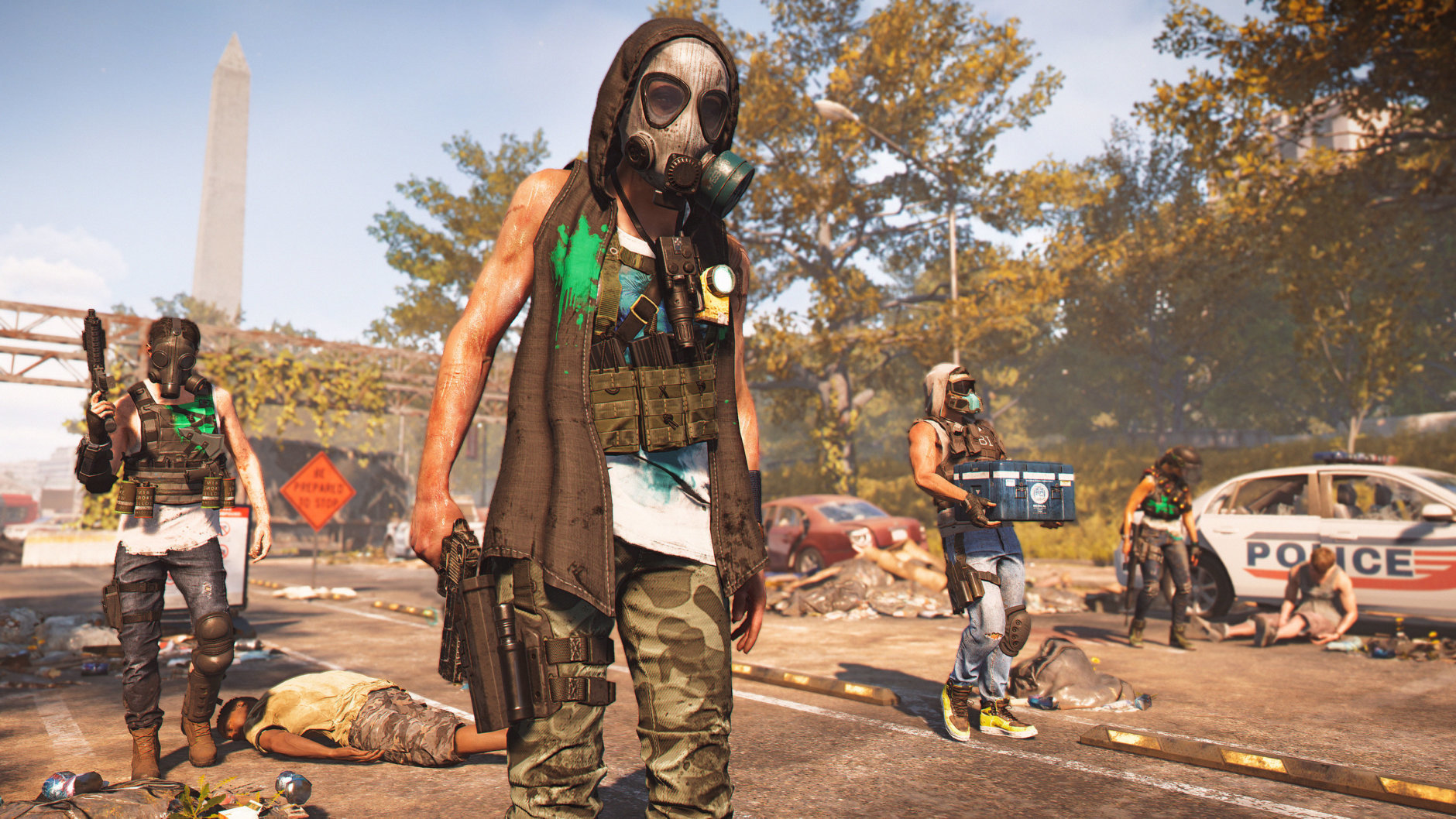
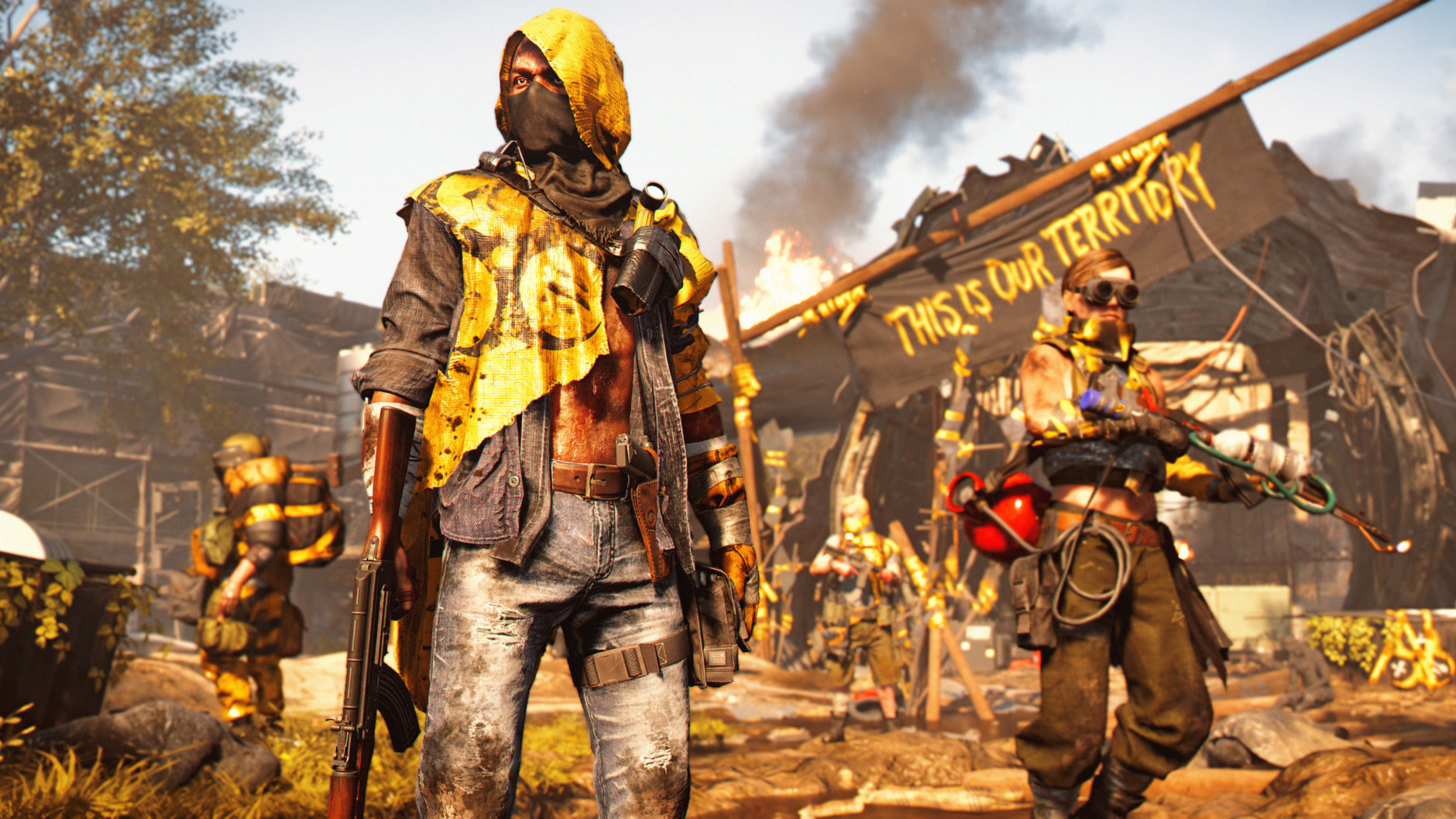
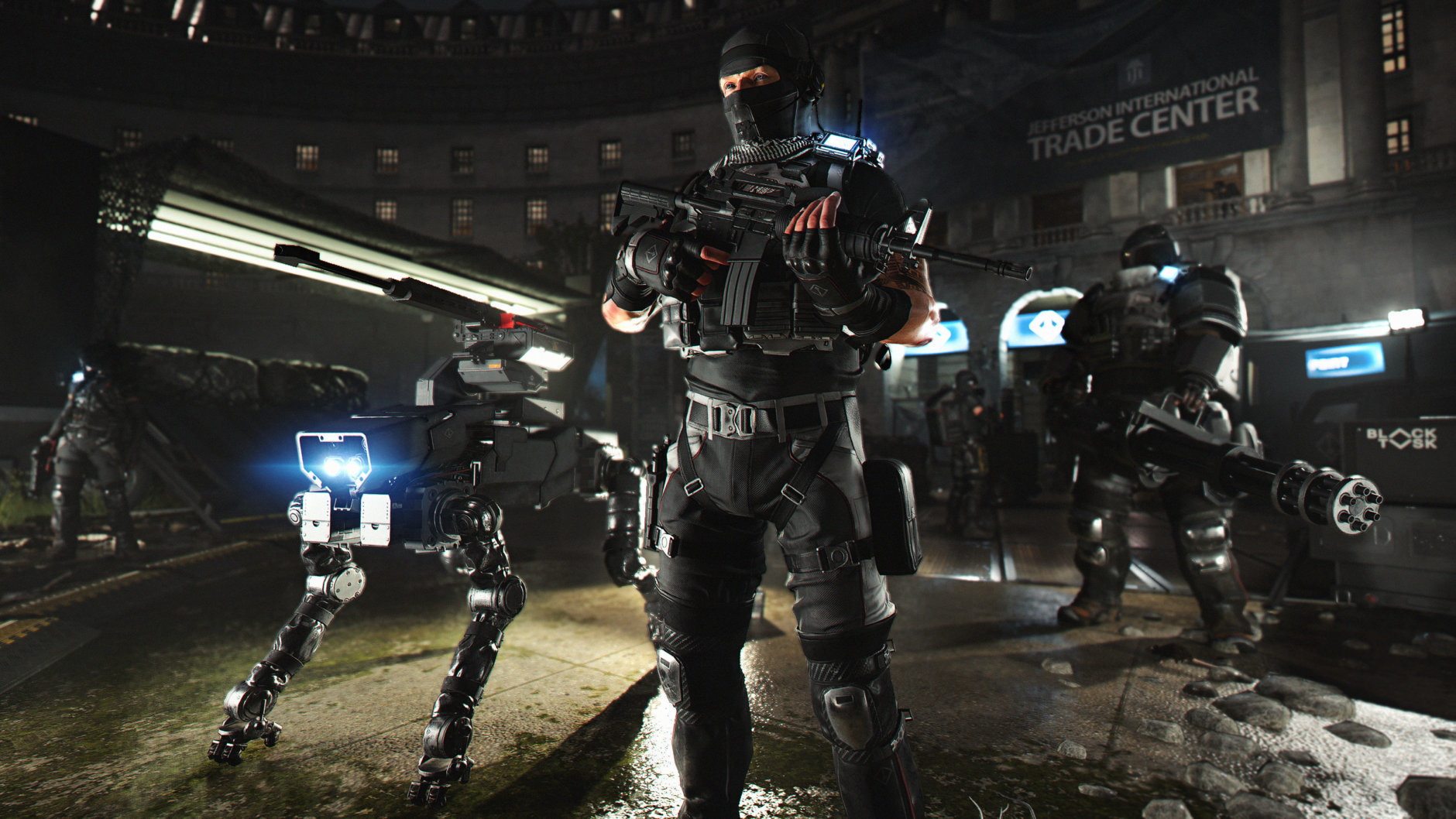
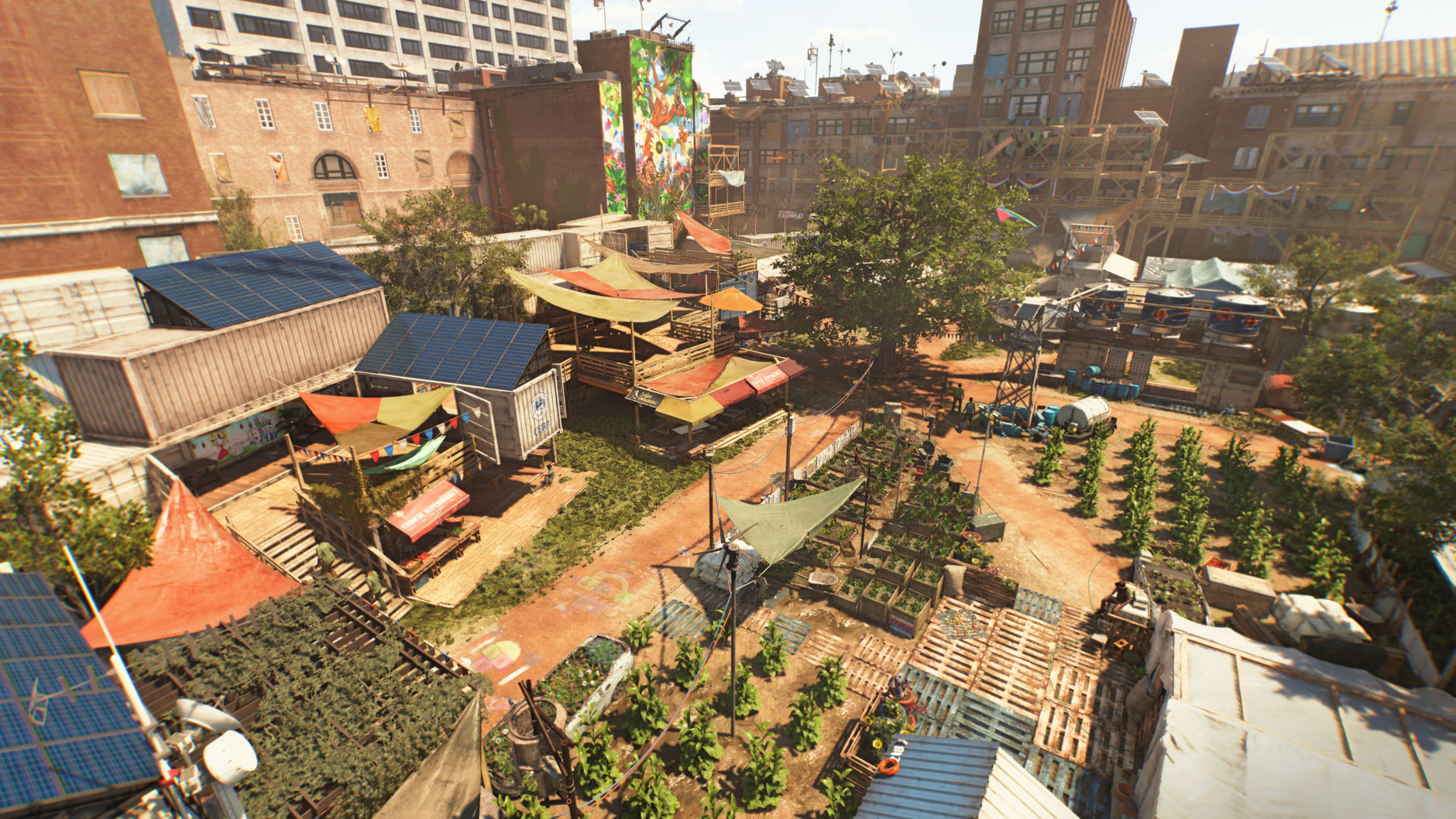

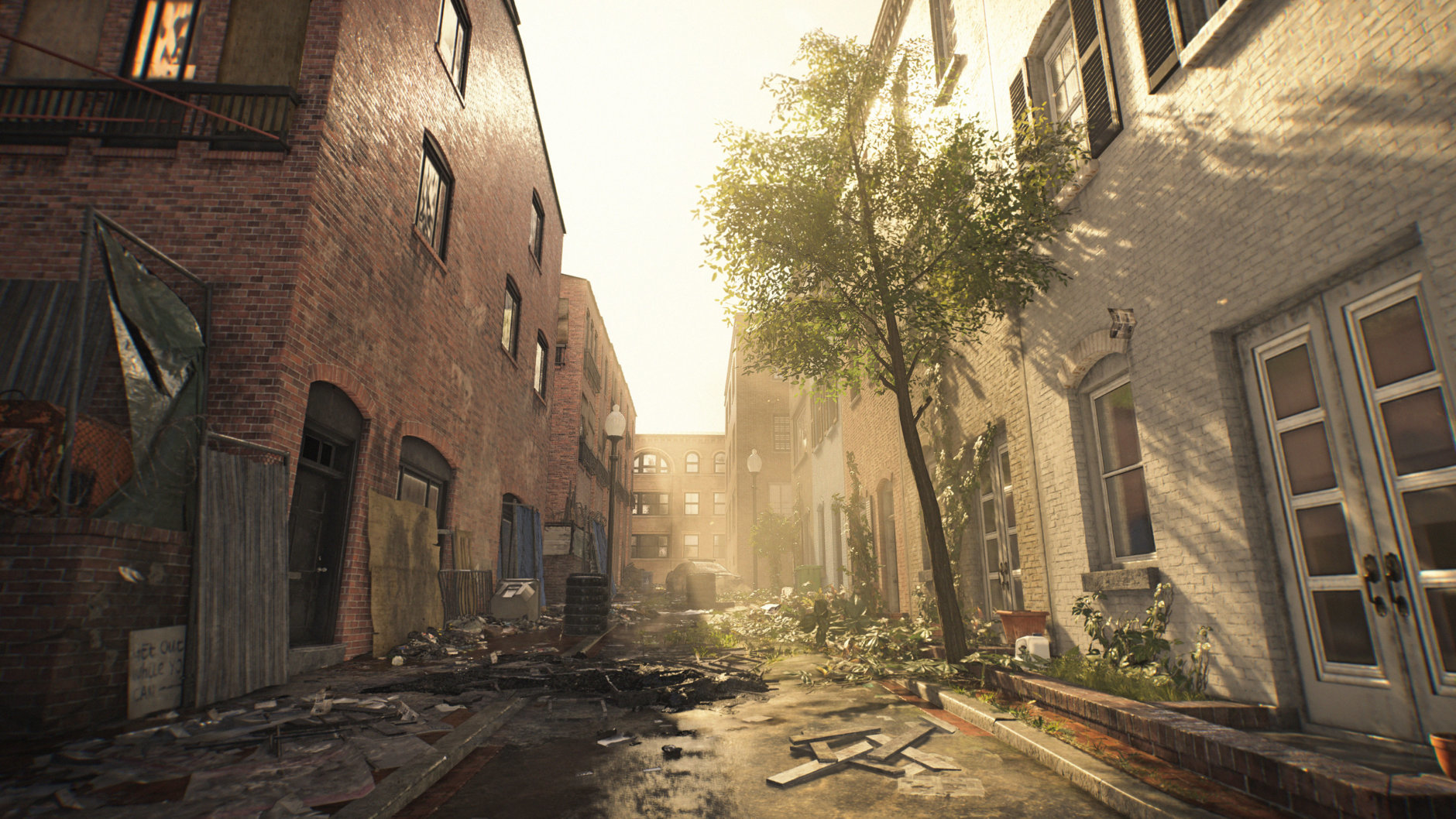
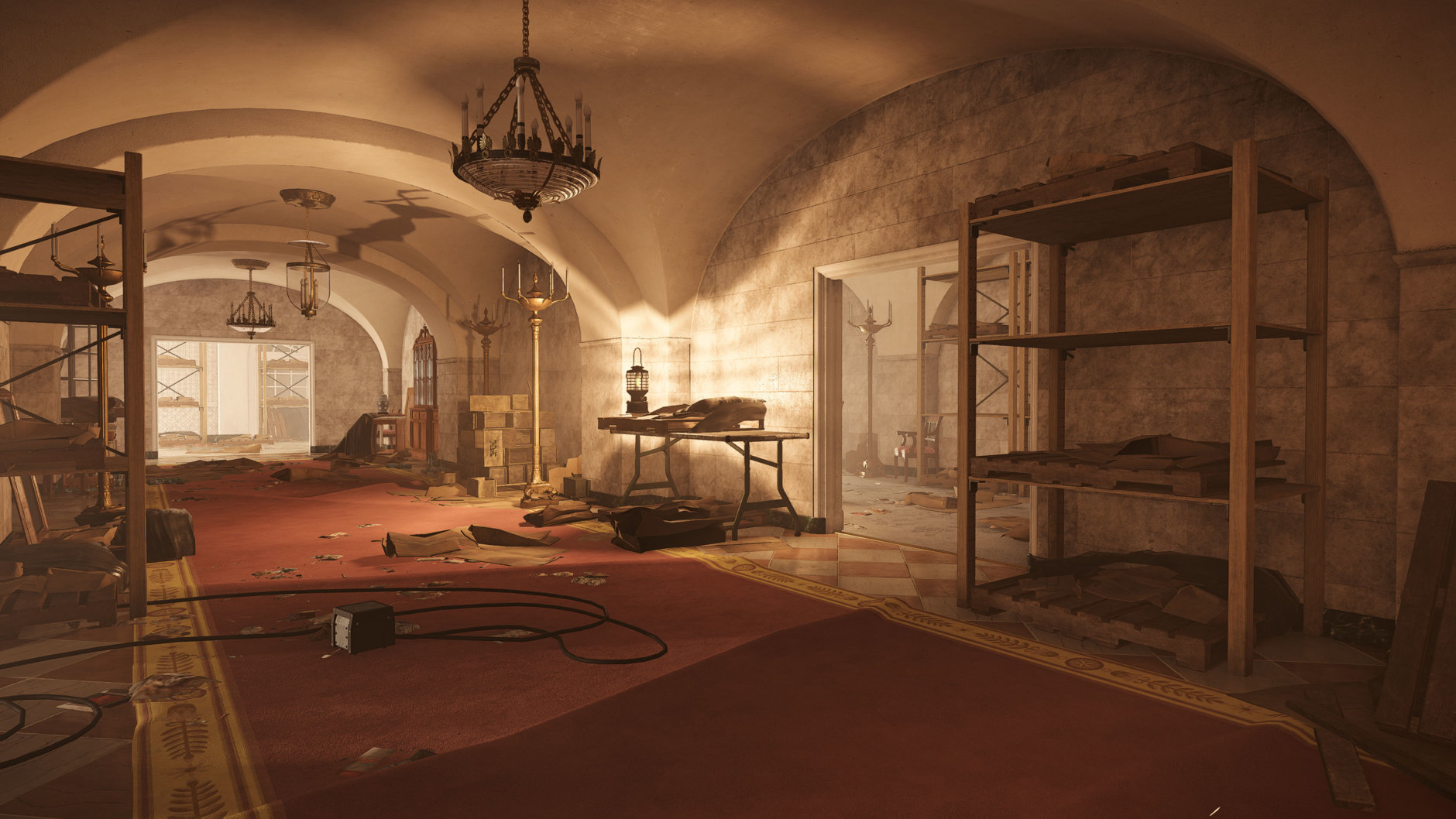
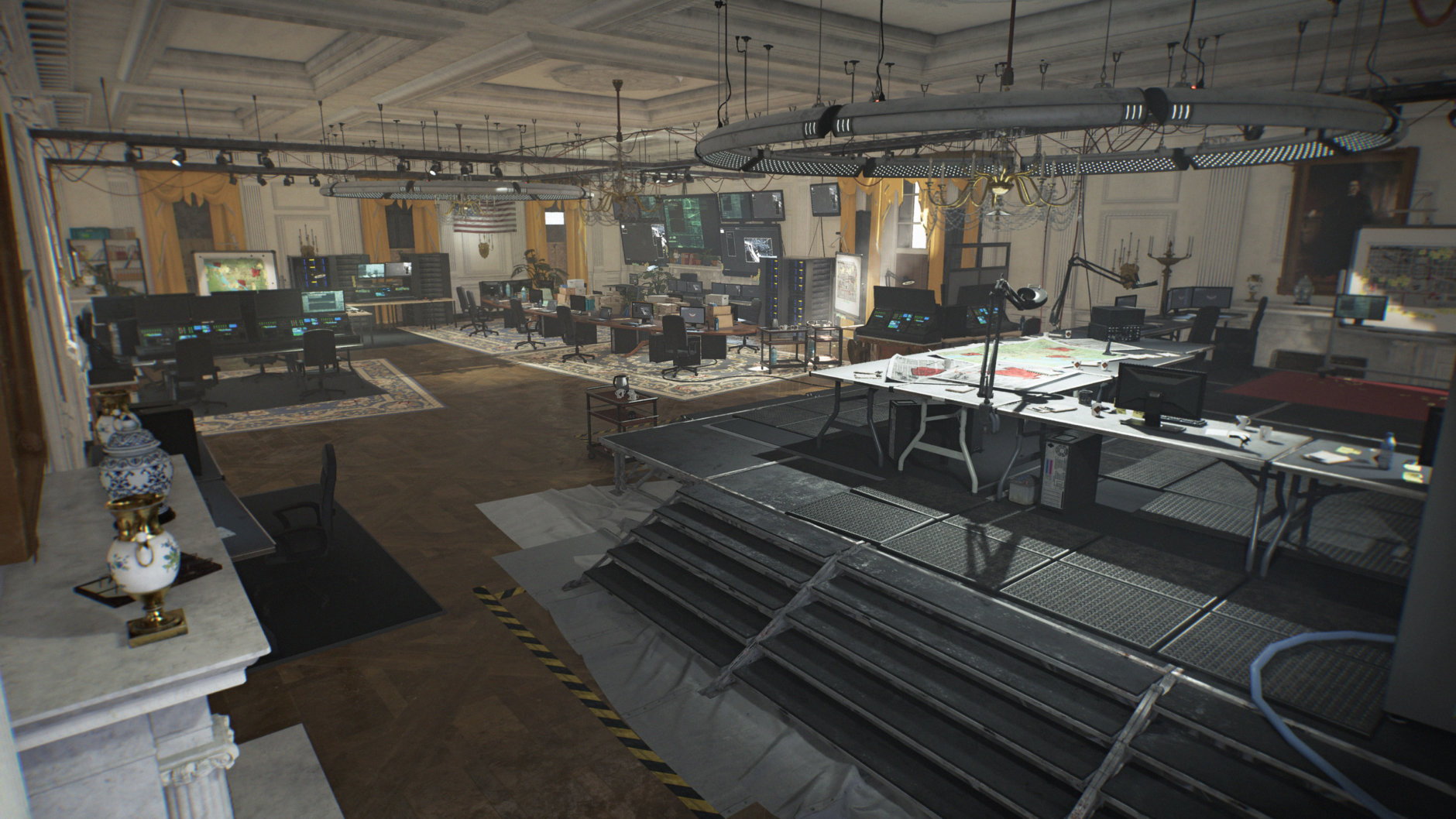
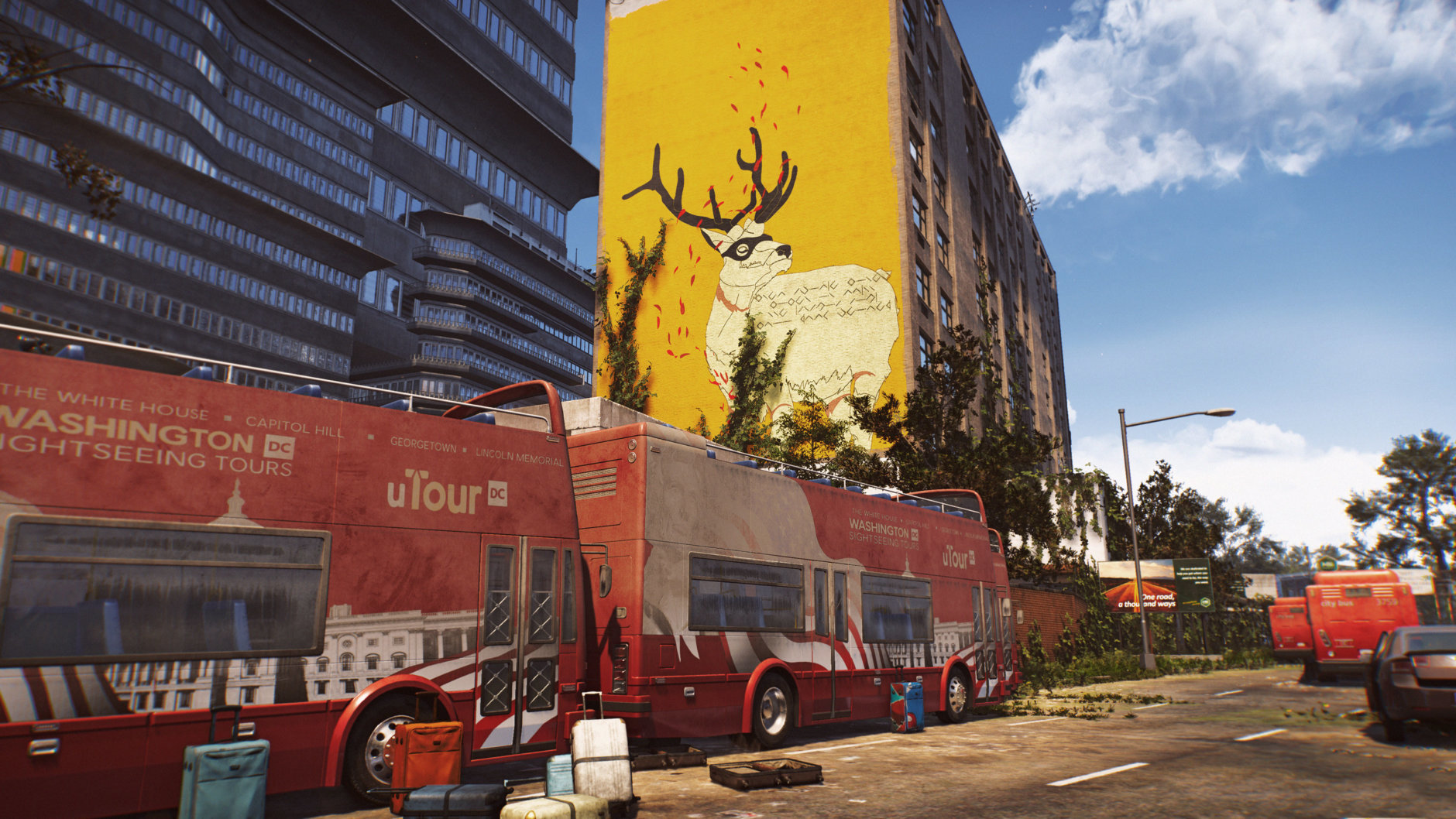
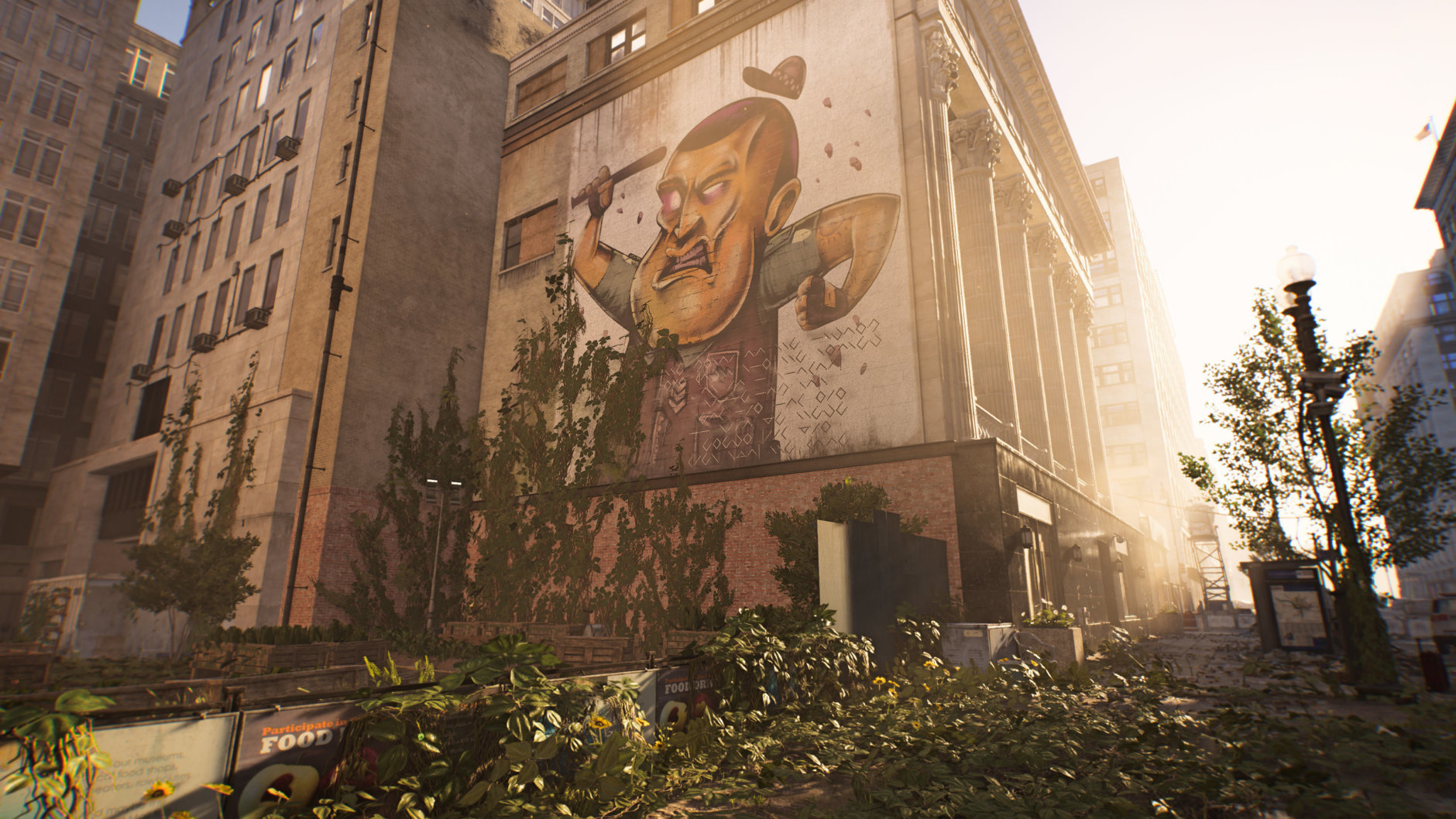

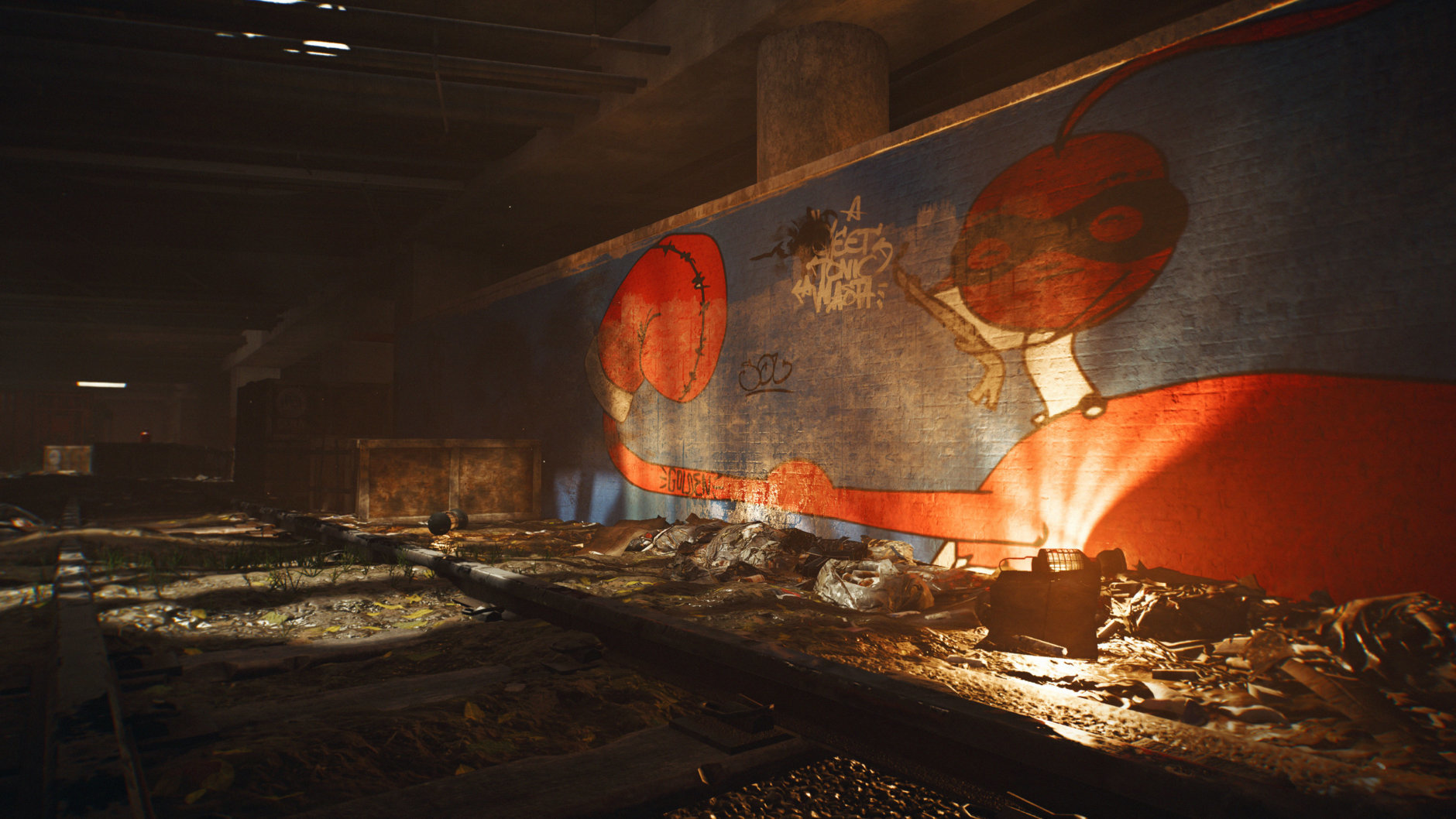
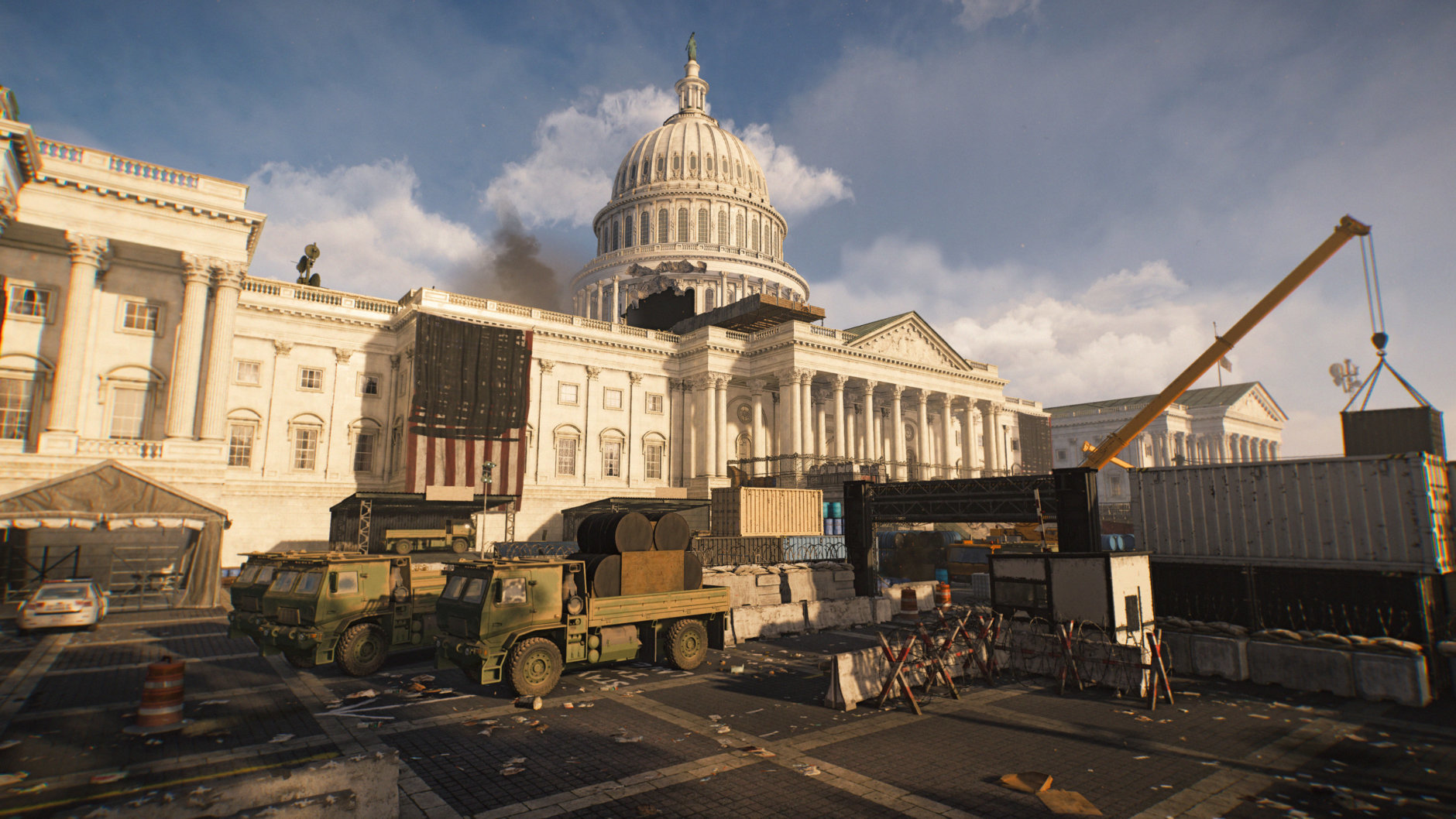
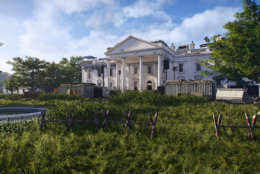
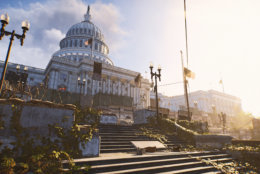
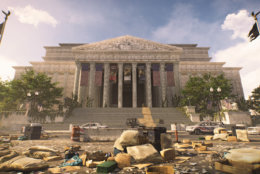
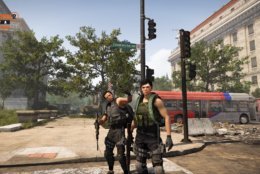
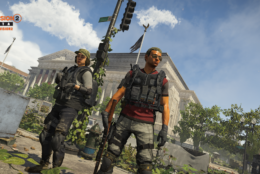
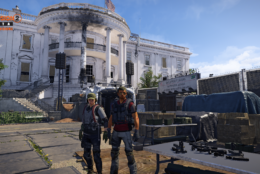
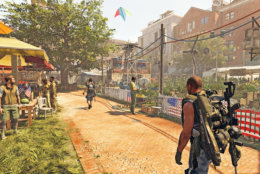
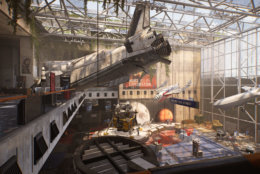
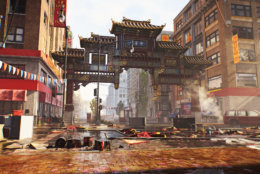
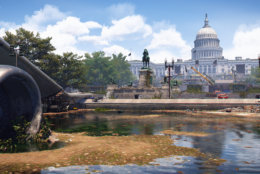
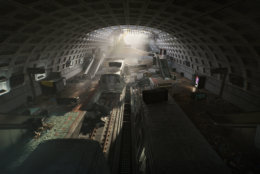
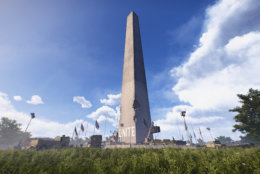
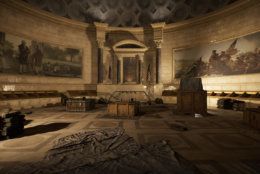
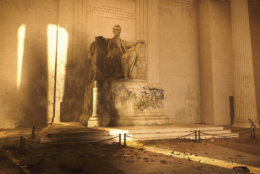
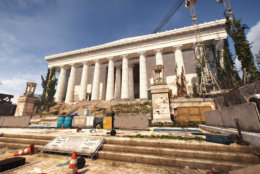
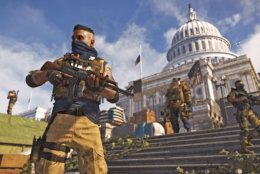

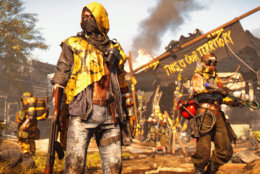
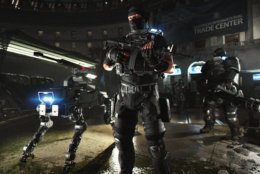
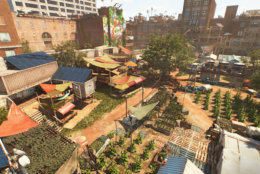
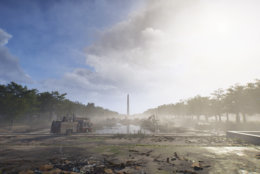
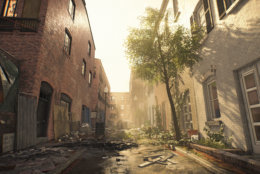
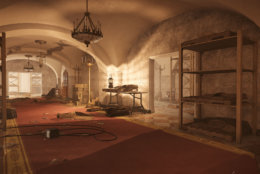
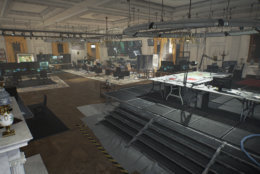
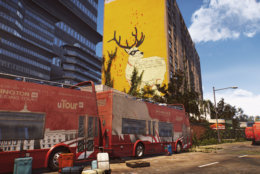
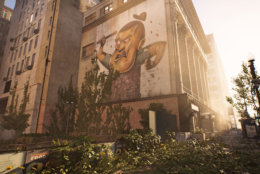
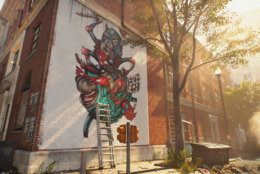
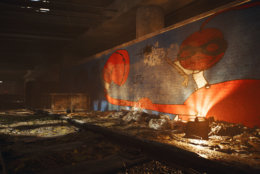
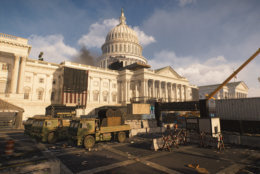
The story
The Division 2 takes place seven months after a Black Friday terror attack in New York City. During that terror attack, a weaponized super virus called Green Poison was released. The virus is “incredibly effective at killing human beings,” Division 2 Creative Director Julian Gerighty said. It spread fast and caused mass casualties. Sleeper agents with a secret government initiative called the Strategic Homeland Division were activated.
This is where you come in.
In the first Division game, the goal was to save the largest city in America: New York City. Now, in The Division 2, players have to save the capital of the free world.
“We had to up the stakes. And upping the stakes meant really coming here,” Gerighty told WTOP during a tour of the Lincoln Memorial on a sunny day in February.
“D.C. and the importance of D.C. and the symbol of D.C. in terms of power and in terms of America is incredibly important. That’s one thing,” he explained.
“The second thing is … New York was hampered by the fact that it is fairly monotone. It’s canyons of steel and glass. D.C. … this is a challenge. You’ve got nature, you’ve got water, you’ve got huge governmental buildings, you’ve got commercial areas, you’ve got suburbs … There’s just a lot more visual differentiation. And that leads to gameplay differentiation as well.”
Recreating D.C.
Gerighty and the team at Massive Entertainment say they spared no effort in tackling the challenge of rebuilding Washington as accurately as possible.
“The size of the map we’ve chosen is around 20 percent bigger than the midtown Manhattan that we did (for The Division 1). And we wanted to capture all of these icons,” he said.
“Transforming the city, and transforming the cities in New York and Washington — that’s my favorite part of the game. It’s taking locations that have a purpose, that have an architecture, that have a function — seeing what they would be used for in moments of crisis,” Gerighty explained.
Massive used a variety of tools to make sure they got it right. Geographic Information Systems (GIS) data and Light Detection and Ranging (LiDAR) data in particular were imported into Ubisoft’s Snowdrop video game engine.
“It’s the same data that a GPS company will use in your car’s GPS. But the data that you can get from it, it is actually much more detailed. You can get locations of trees, you can get locations of benches, you can get locations of super precise things,” Gerighty said.
And unlike the NYC of The Division 1, the D.C. of The Division 2 is a 1:1 replica of the city, so precision is critical.
“We could find out the placement and age and type of every tree that’s been planted in Washington,” Massive lead environmental artist Chad Chatterton explained, speaking near the Washington Monument during the tour.
“So it was really about making choices as to … we obviously can’t represent everything as it is exactly, so we try and focus on those trees, like those beautiful pink trees — not just the cherry blossoms, but the ones that you see outside of the museums, for example. Try and get a grasp of what feels and looks like Washington, D.C., in the player’s hands.”
Bad weather and flooding are, of course, part of the D.C. feeling.
Massive spent time with Coast Guard experts, used real-world data on where the flooding occurs in the city and where the Potomac comes in through the Tidal Basin.
“So we used that footprint of the flooding to establish this whole area down here by the Mall,” Chatterton said.
“You see the devastation that’s left from that. That flooding … in the fantasy of The Division 2, comes from a combination of terrible weather, call it climate change, but also from infrastructures breaking down,” he explained. “So you’ve got the flooding coming in from the Potomac, but you’ve also got flooding occurring further into the Federal Triangle and that defines one of the kind of biomes — zones — in the open world.”
“But it still, in the end, it’s about working with the symbols of D.C. and the symbols of the American nation.”
Establishing D.C., and the world, in The Division 2
Though based on reality, the Division games take fantastical leaps and liberties in order to present players with a fun video game. But it still needs to adhere to its own internal logic so that the gameworld is immersive and believable.
Enter Cloe Hammoud, IP research expert for Massive Entertainment.
“I help the team find creative solutions, so I’ll help the art team, the narrative team and design team to make sure that we build a consistent and rich open world for The Division 2,” Hammoud told WTOP outside the National Archives during the tour.
She also had to be on the lookout for good locations to present to players.
“For example, highlighting some, of course, landmarks but buildings have amazing resources sometimes that we don’t think of,” Hammoud said.
“And in times of crisis, like it is in The Division 2, you wouldn’t necessarily go for communication assets, communication components or water filtration systems that you can find, for example, in the aquarium. So that’s the type of things we dig into to make sure we build something believable.”
Another task for Hammoud and the team was maintaining not only an overall timeline for the Division universe, but one specific to the District as well.
The goal was to “make sure that we go through each month and to see how the faction would take over the city, how the civilians would react, and how the city slowly would collapse,” she said. “So this is a part of the mystery that the agent coming to D.C. has to understand, how a city like Washington, D.C., which is super well-defended and guarded and has a lot of different agencies, how did it collapse?”
To determine a downfall for the District, the development team once again called on the experts to create realistic scenarios. But they say didn’t overlook the expertise of D.C.-area residents.
“We met with firefighters, policemen, Special Forces, but also locals. Locals are great to have a deep insight of the culture of D.C. Because most of the time people think Washington, D.C., is just a federal city, but we wanted to have the expertise and the view and the daily habits of people who actually live here,” Hammoud said.
“What do they eat? What (music do they listen to)? What do they do, and where would they go in times of crisis?”
Firefighters from Arlington County, for example, told the game’s developers that The Mall was actually a great place to set up camps and establish helipads or where airplanes could drop supplies for people in need.
While the first game was about survival, the second is more about the survivors. The civilians fighting for the “for the rebirth of the nation, for the rebirth of this city,” as Hammoud explains it, through the addition of the new settlement mechanics.
“We wanted to bring hope to the game and to the franchise,” she said.
“That type of aspect was important for us because in times of crisis, of course, things can go wrong and people can act badly and in wrong ways. But you also have community resilience and people acting together for a great cause, and just because … you have this consciousness of helping your colleague, your friend, but also people you don’t necessarily know.”
Nature retakes the District
Unlike other games with an apocalyptic setting, one of the first things players immediately notice about the game is its color palette. In particular, how green it is and how much wildlife can be found running through the city.
The fact that Washington really does have a massive wildlife presence caught Hammoud, who’s based in Sweden, somewhat by surprise.
“I would say I wasn’t expecting so much nature. You have Rock Creek Park and the deer that are everywhere. This is actually a huge problem, I’ve learned,” she said.
So the team says it took pains to make sure Mother Nature’s return was properly represented in D.C.
“You will see deer walking around the city, but also raccoons and squirrels,” Hammoud explained.
While the visuals of The Division 2’s version of D.C. are stunning, the sound of the District was also painstakingly recreated.
“We did a lot of research around sound. We came with our audio team to record the sound of D.C. For example, we went to Theodore Roosevelt Island to record the sound of wildlife, of birds, of everything. We recorded at like 4 a.m. to make sure we don’t have the urban noise that we heard before and to make sure the people actually recognize the sound of D.C.”
Noticeably absent from The Division 2 are the squealing brakes, screeching tires and rampant honking of cars on any given day in Washington.
So perhaps there is one good thing about the apocalypse coming to D.C.: No more traffic.
WTOP’s Will Vitka and Ginger Whitaker reported from Washington.








